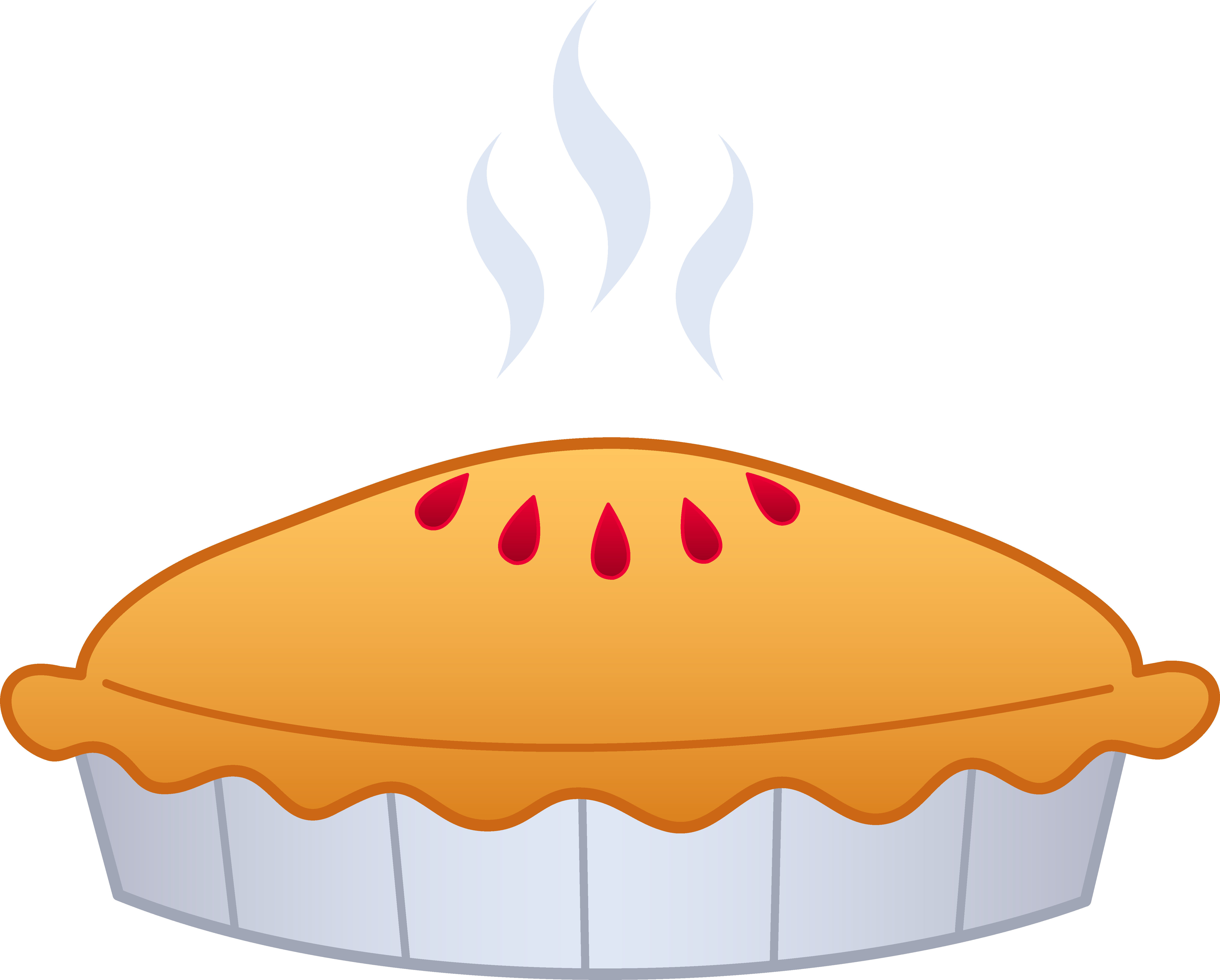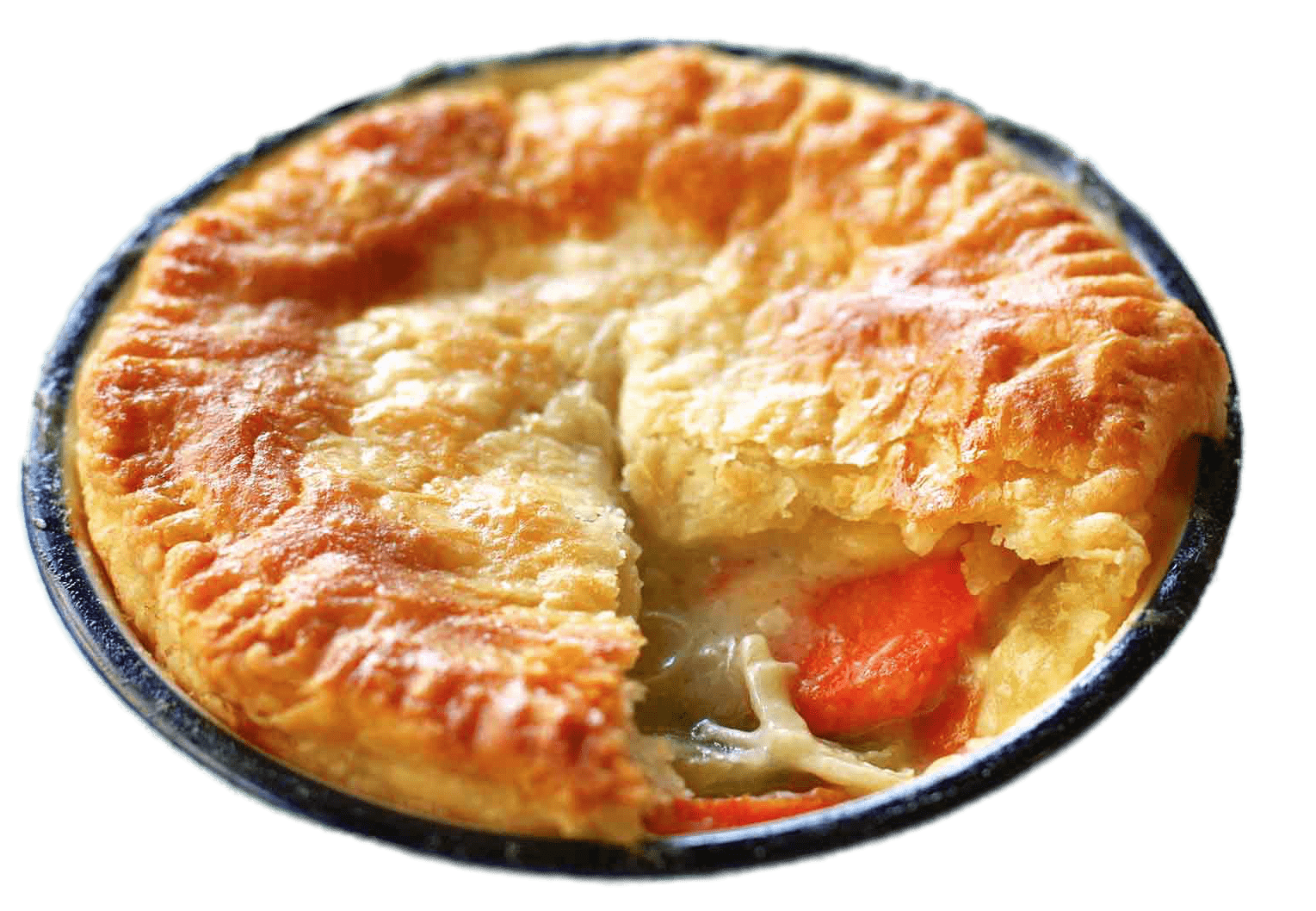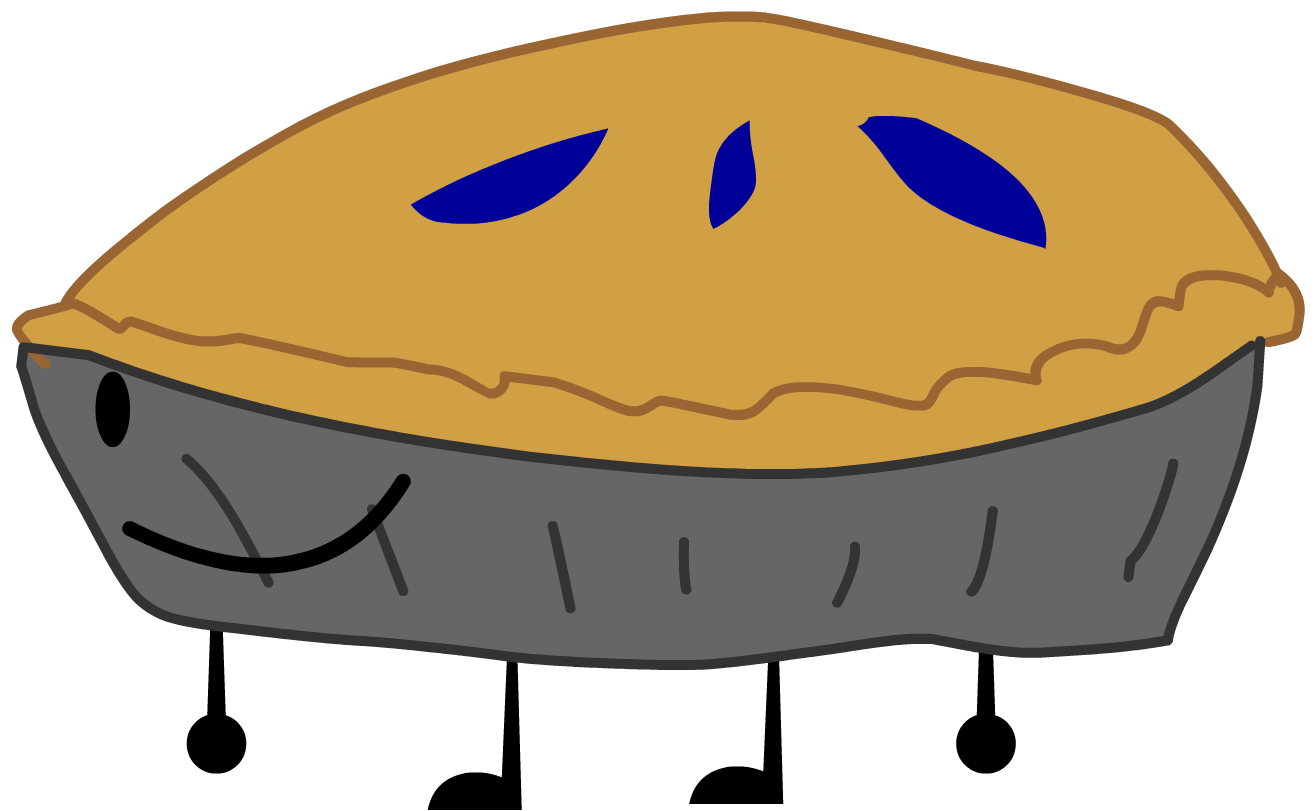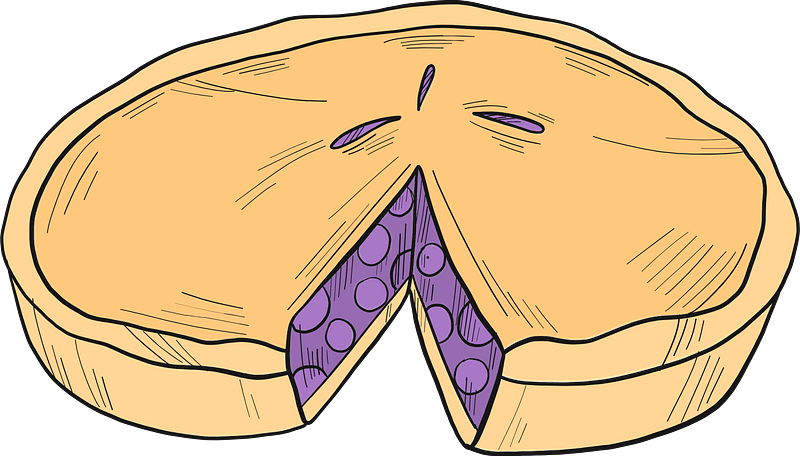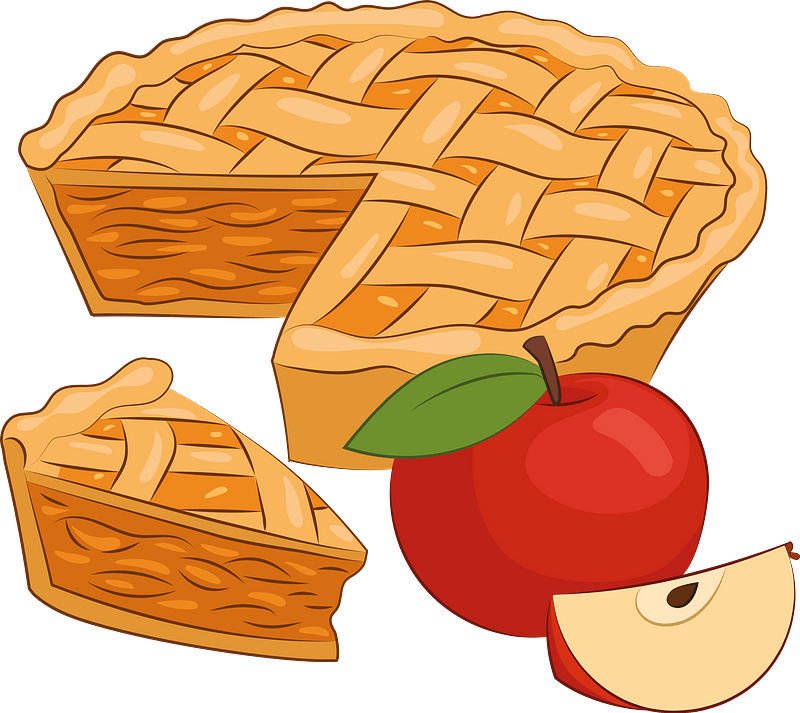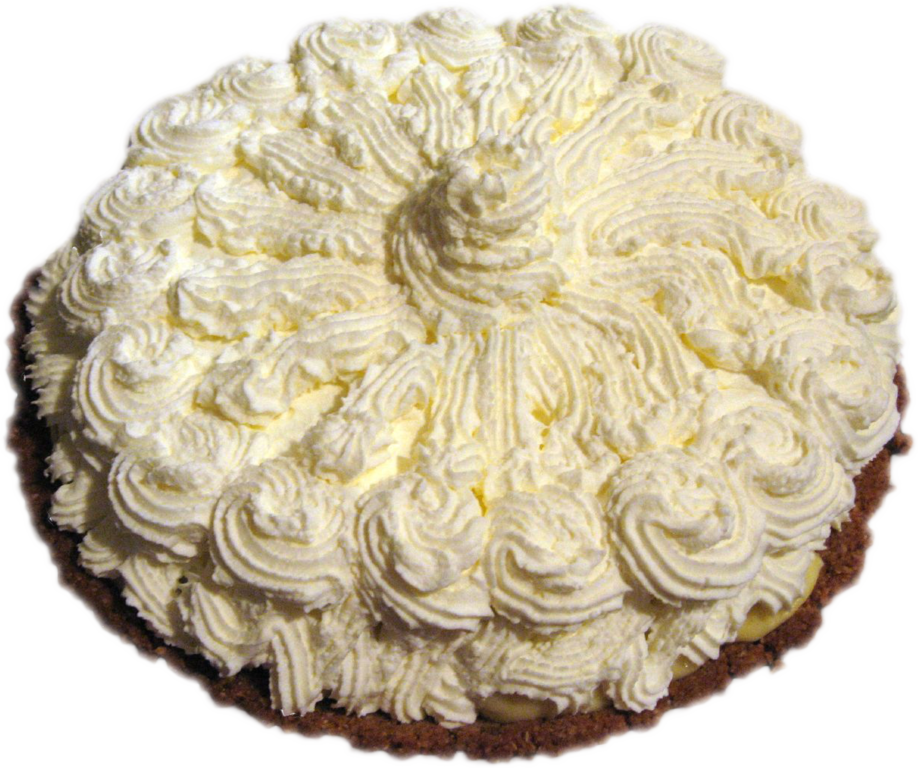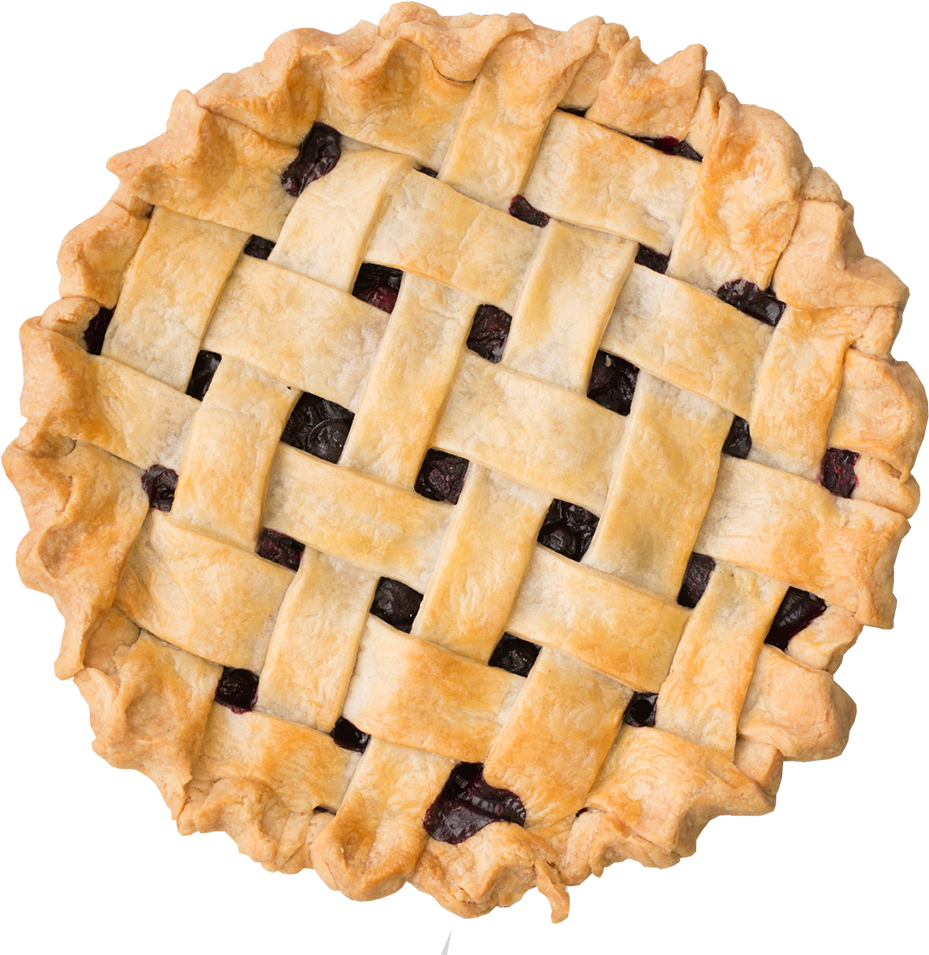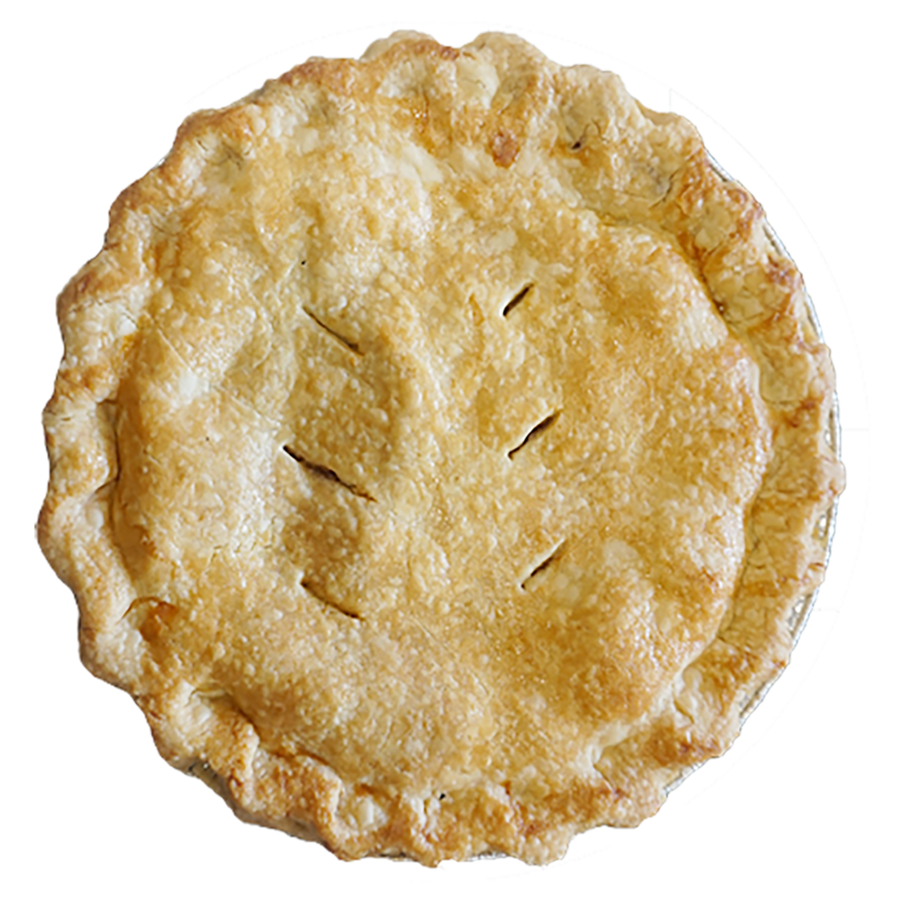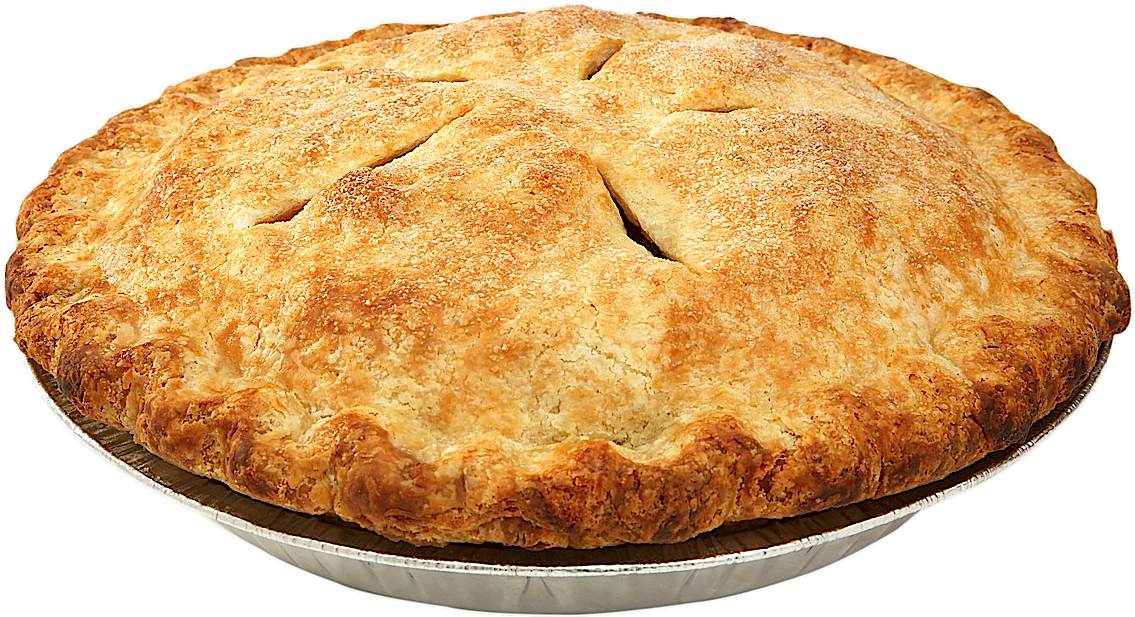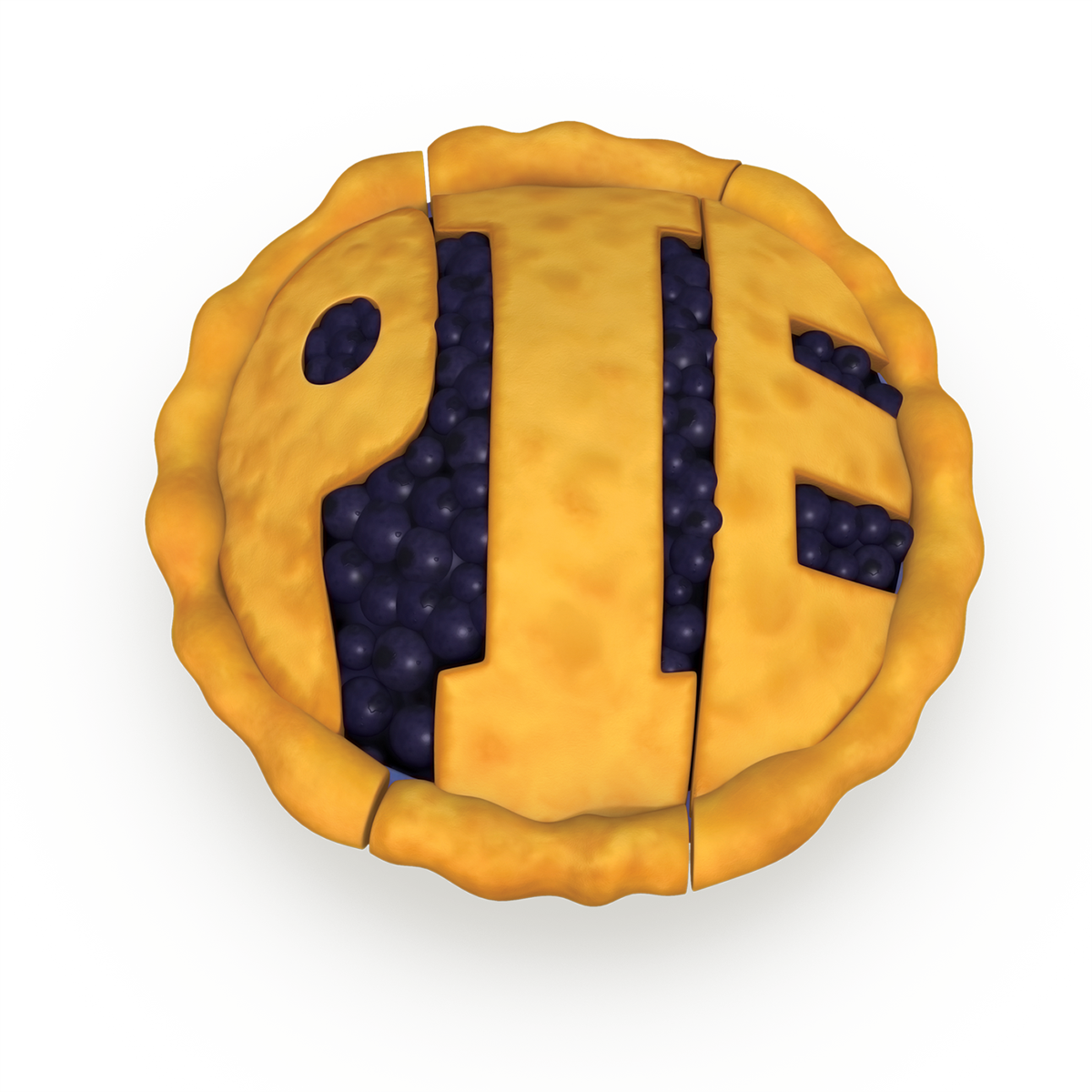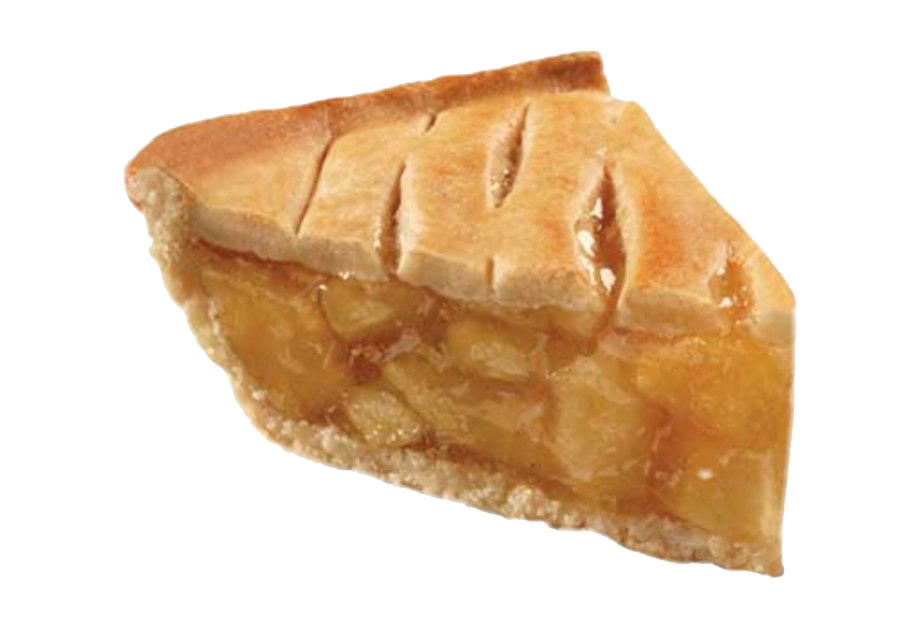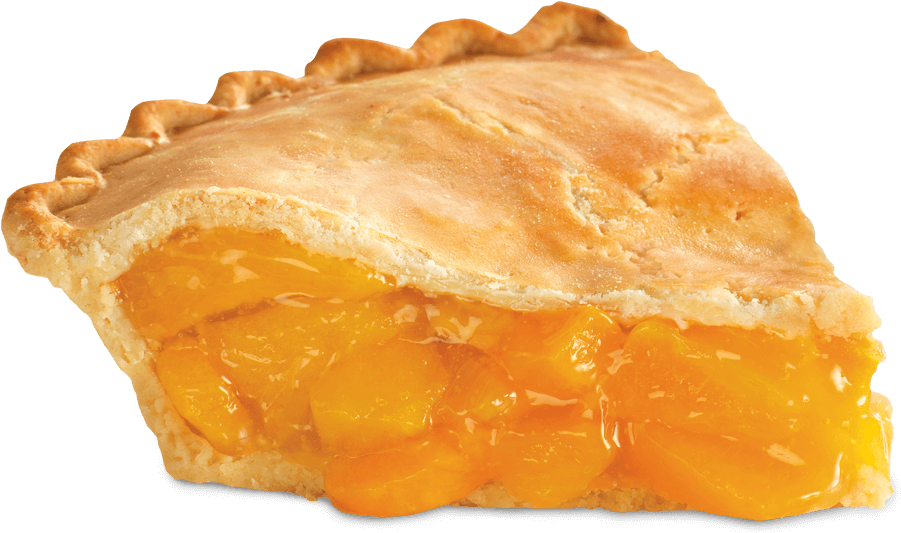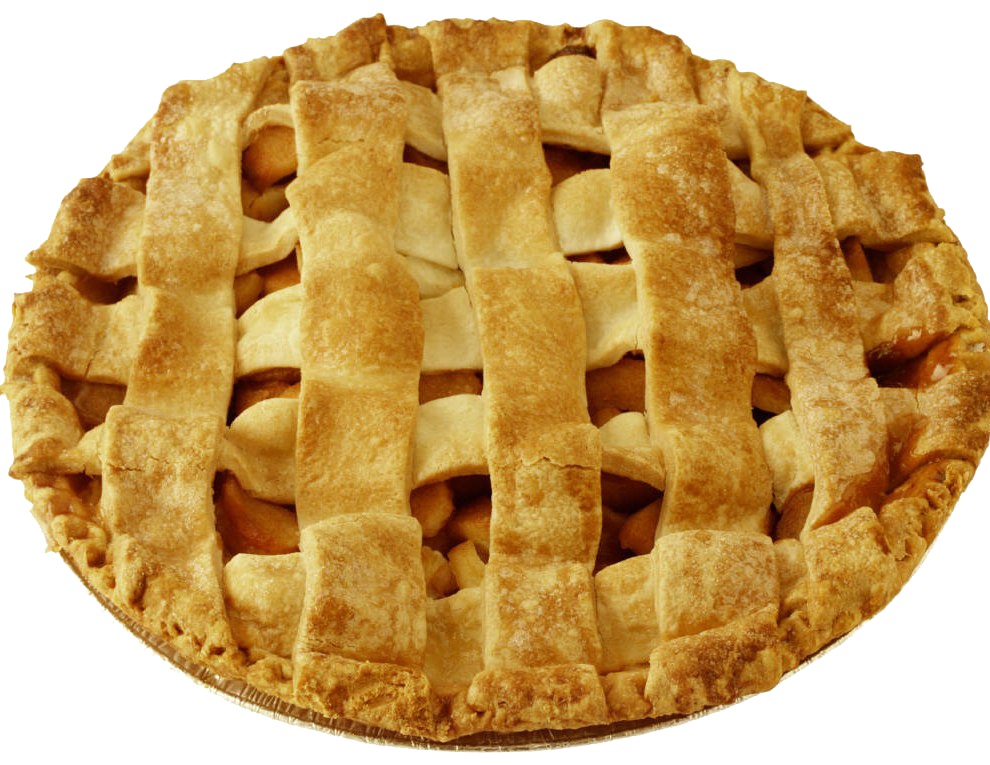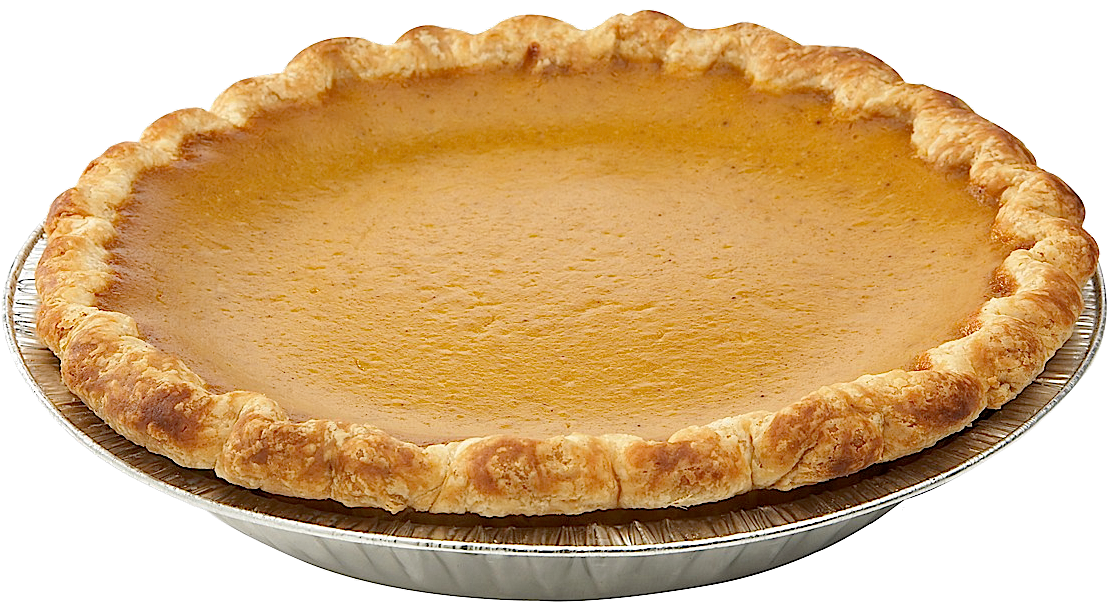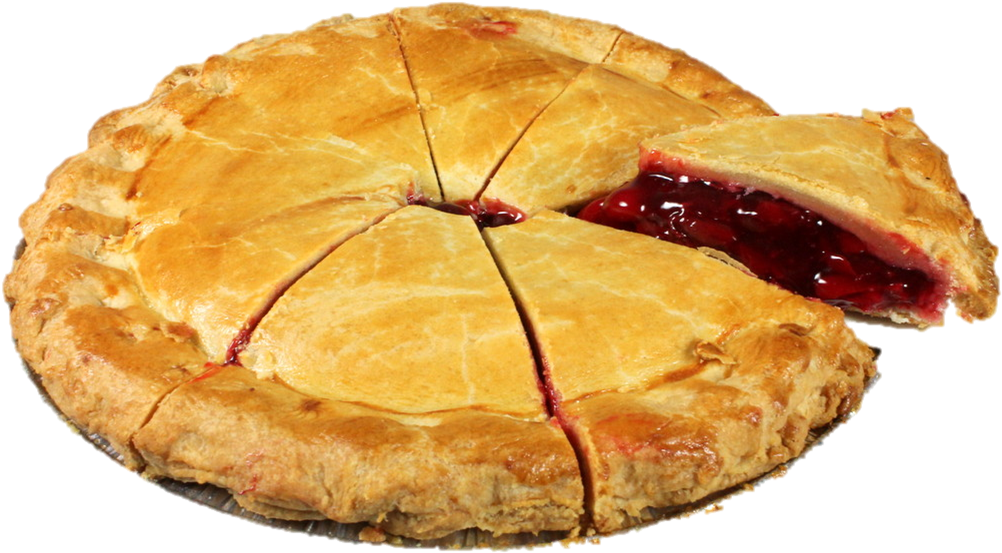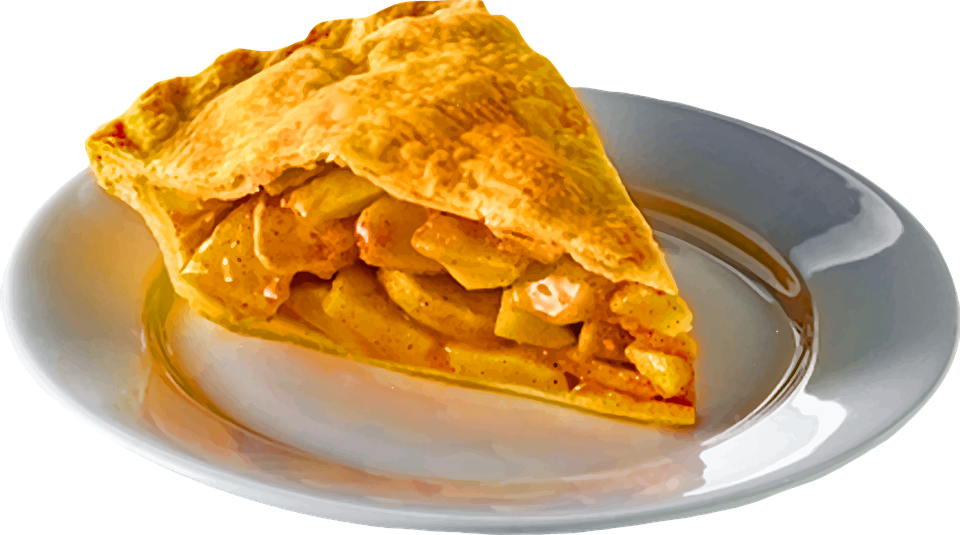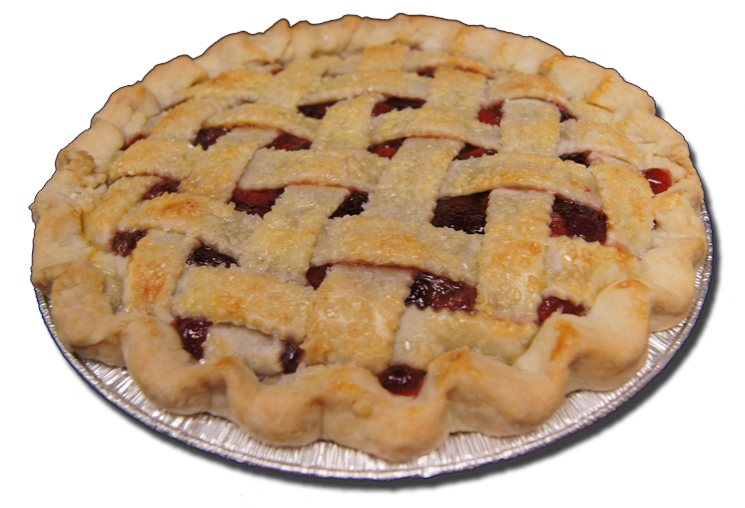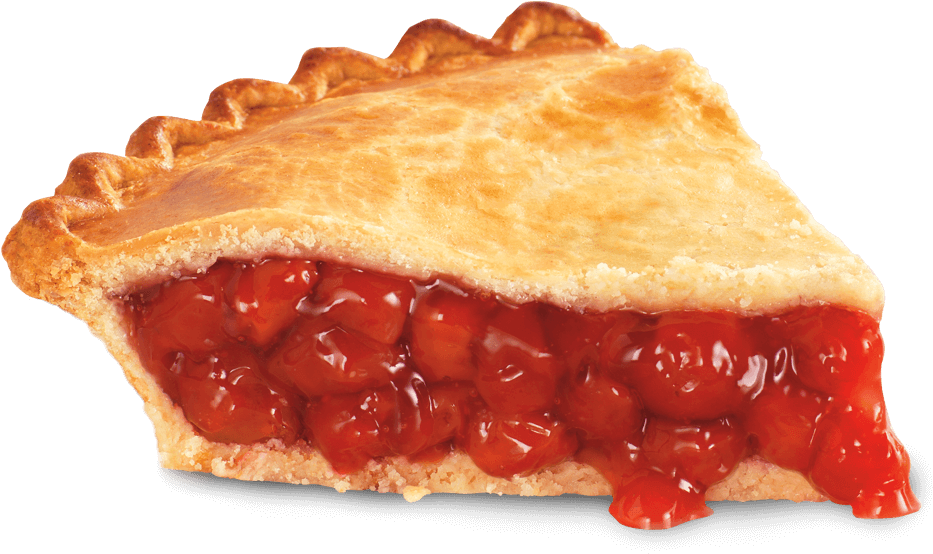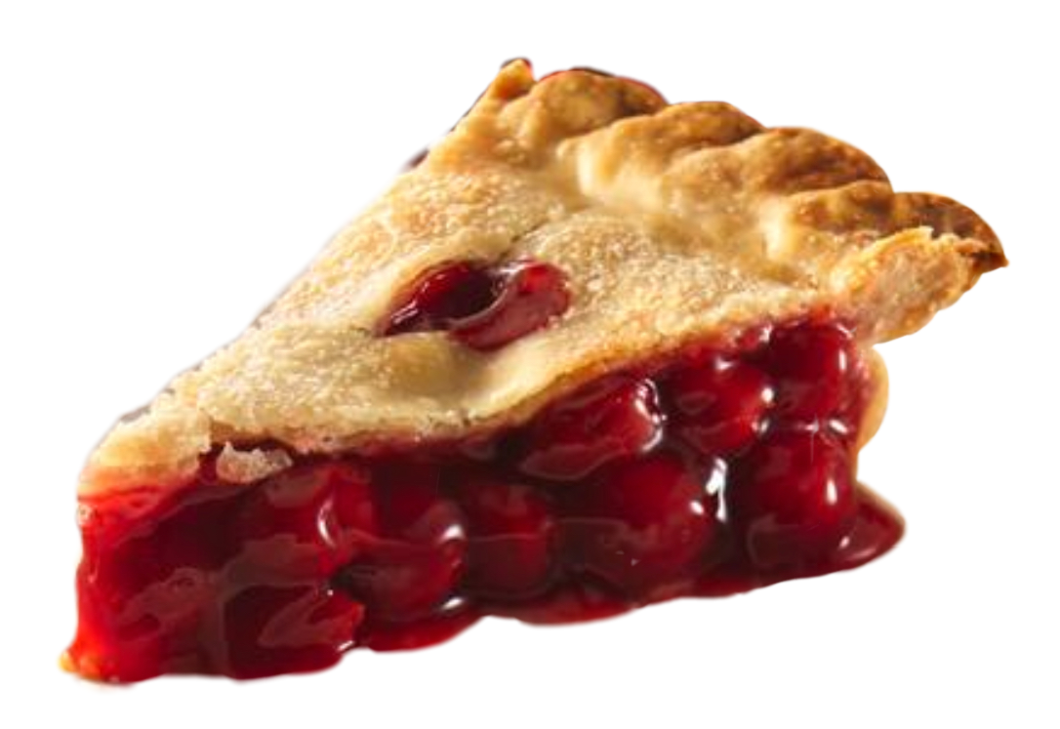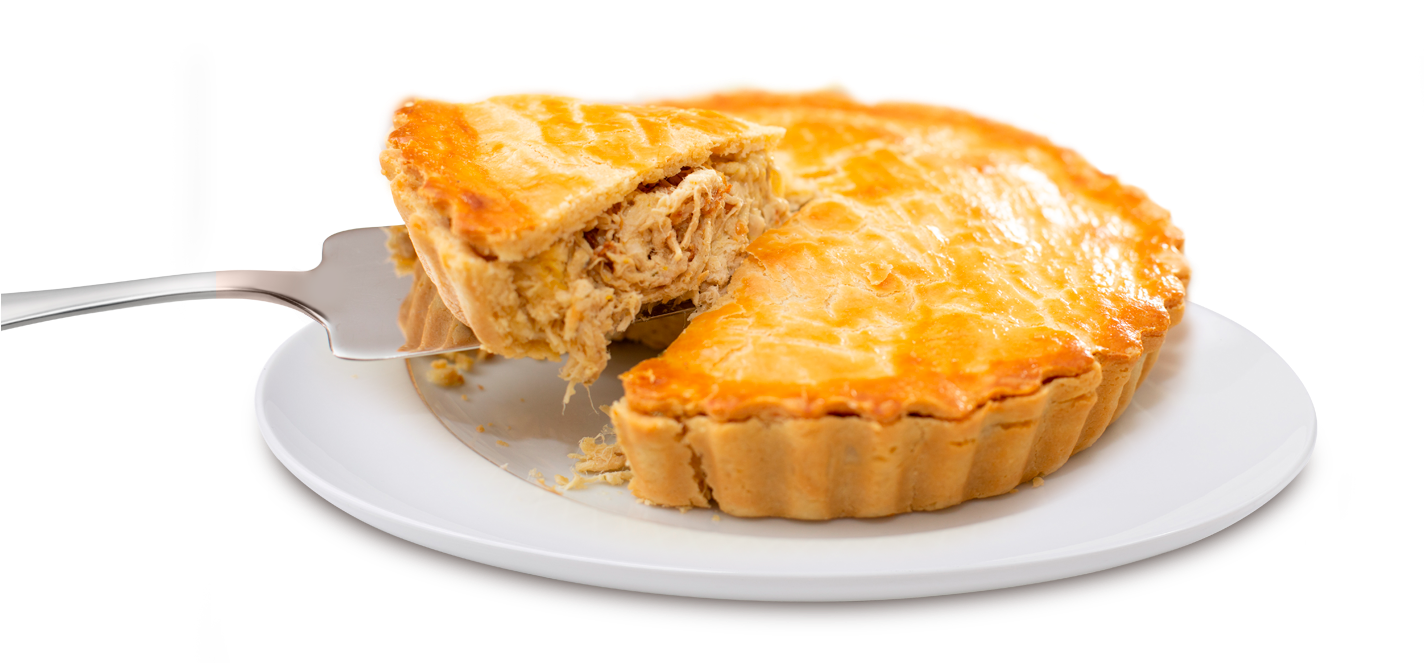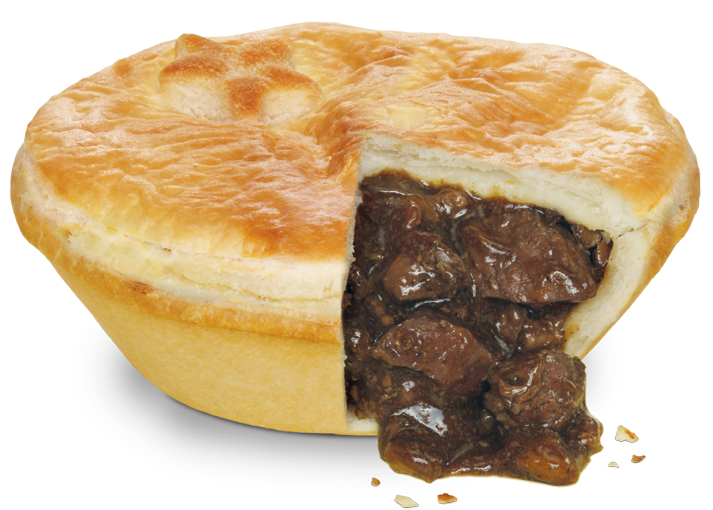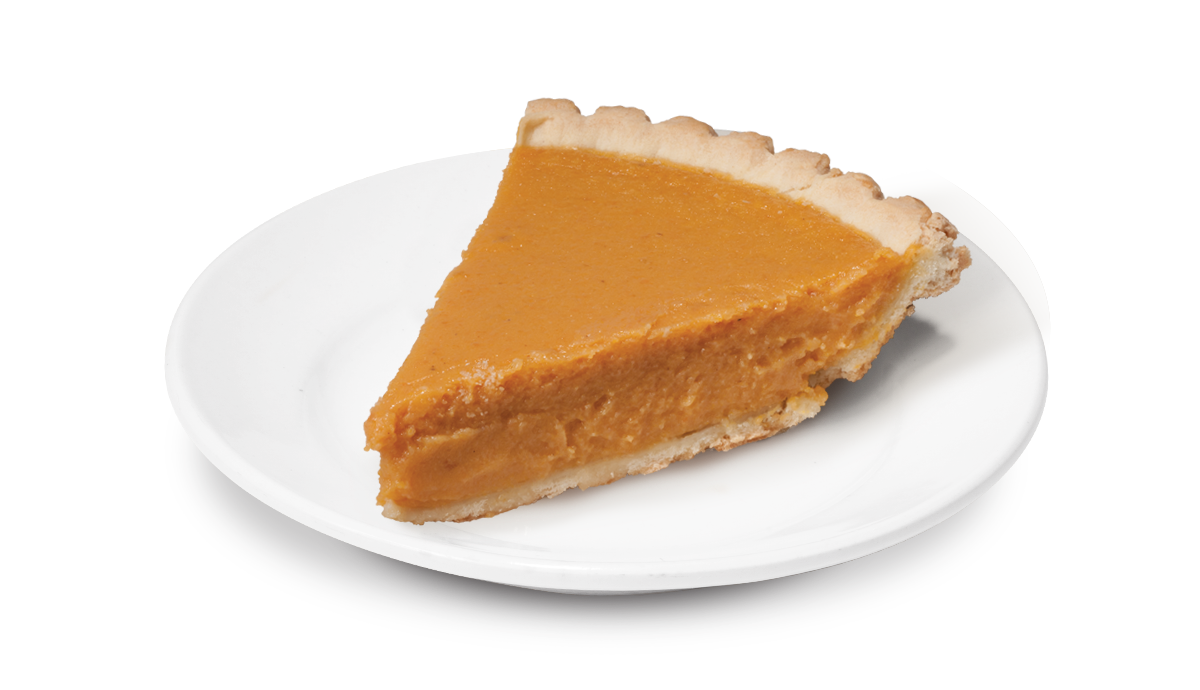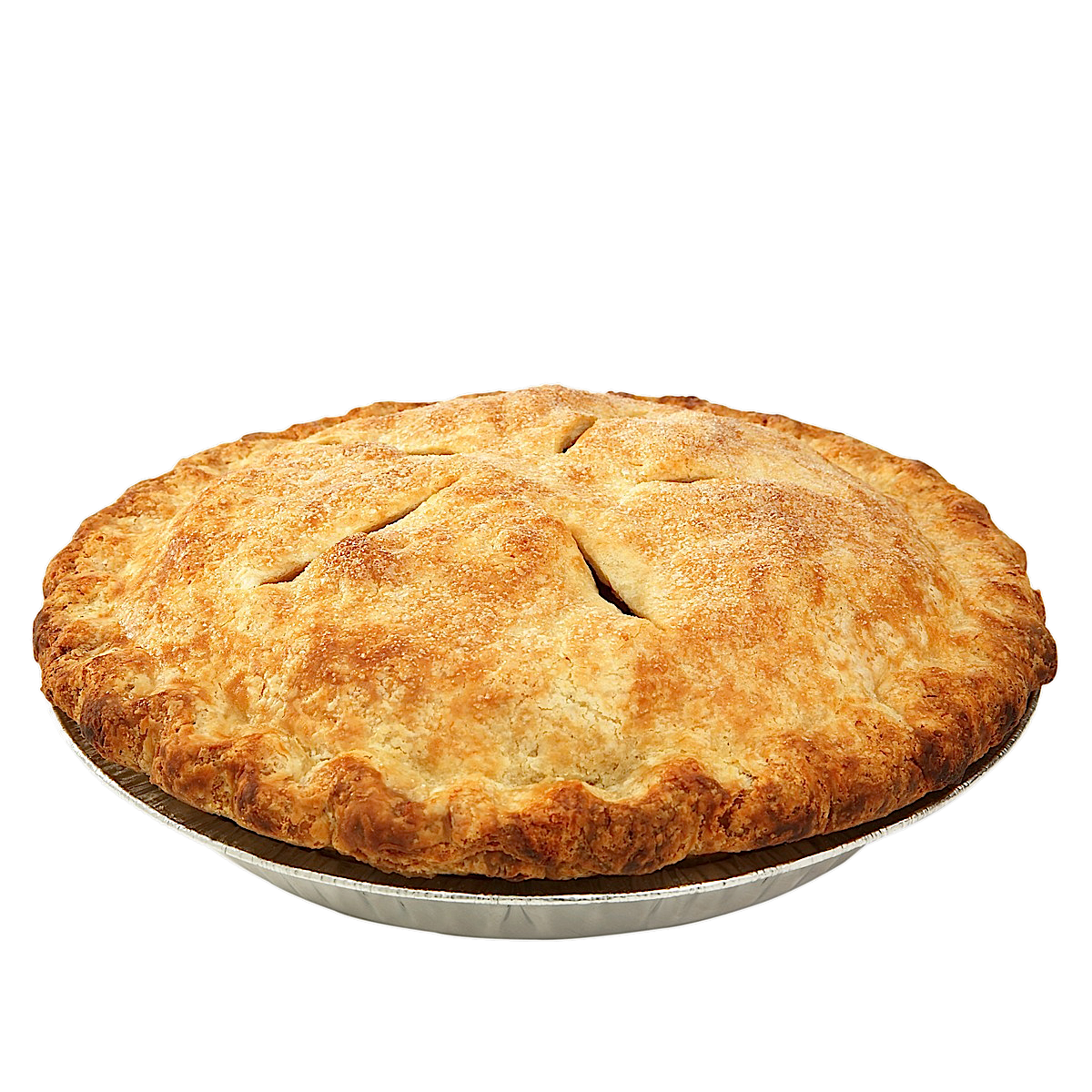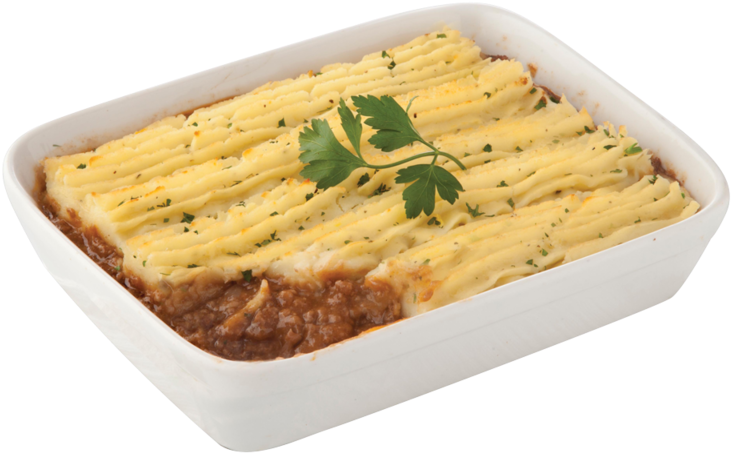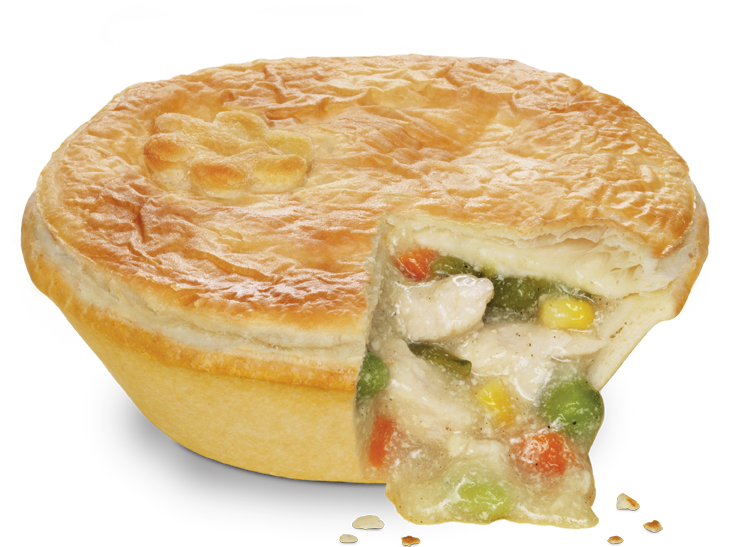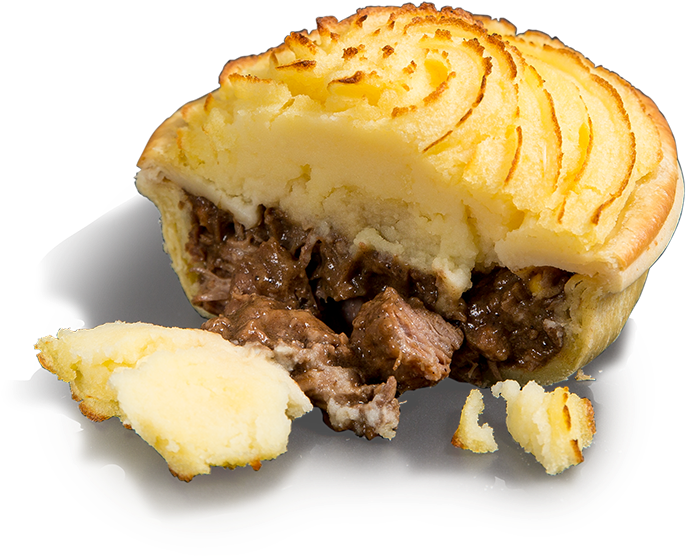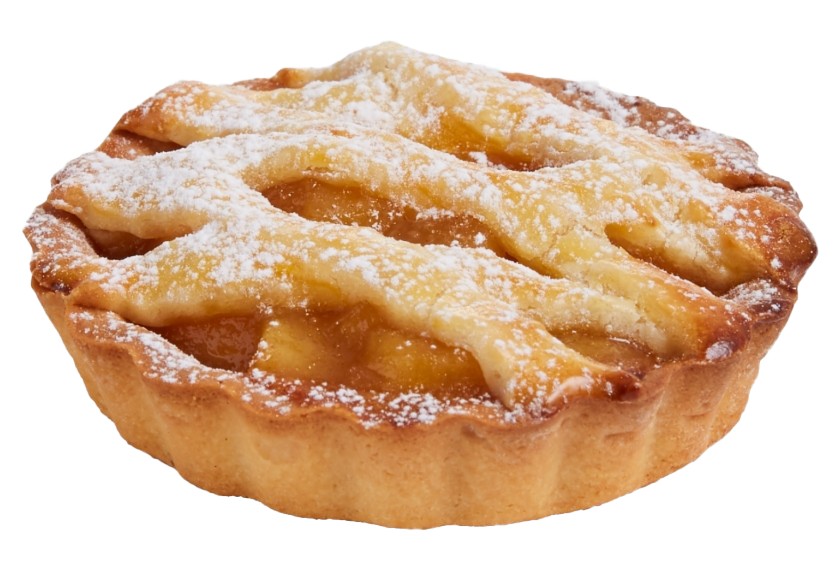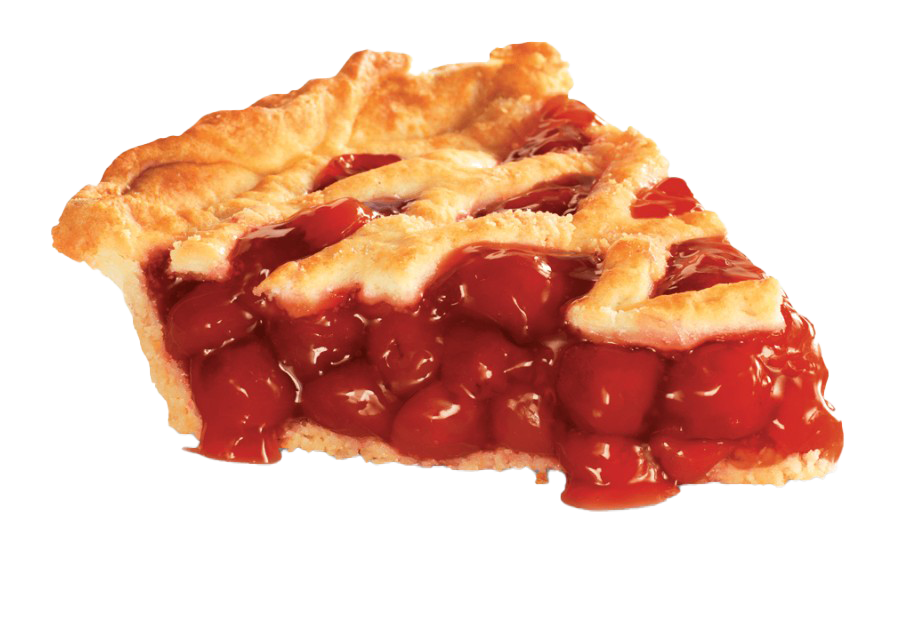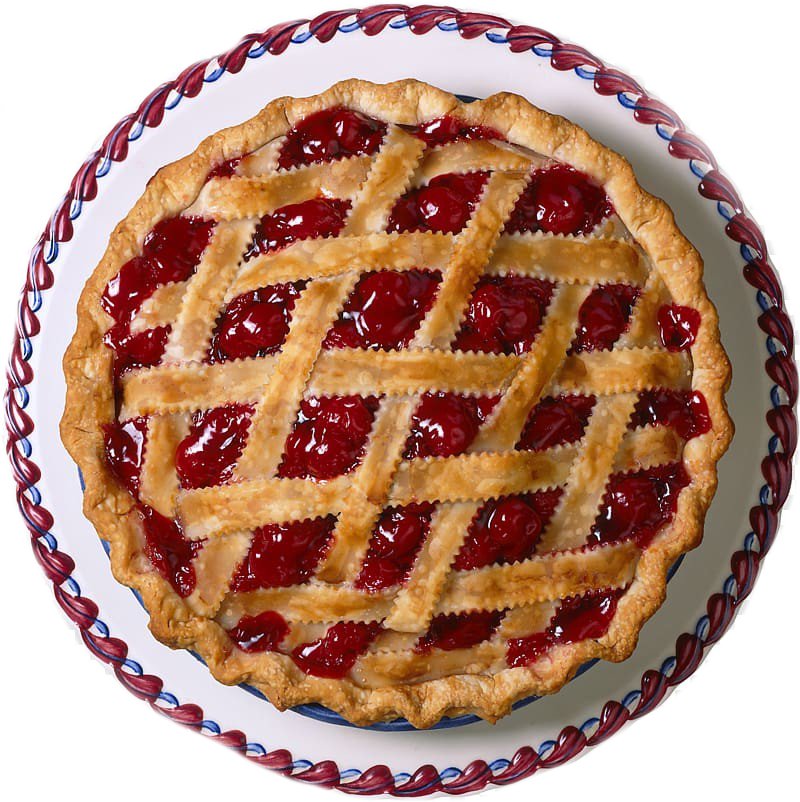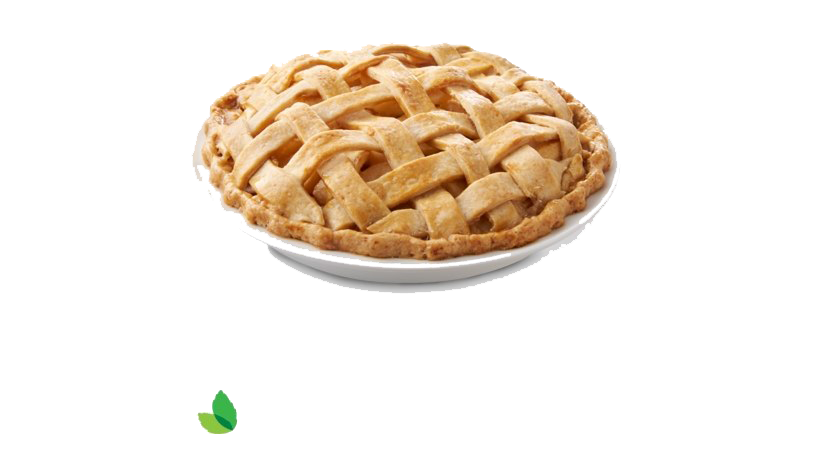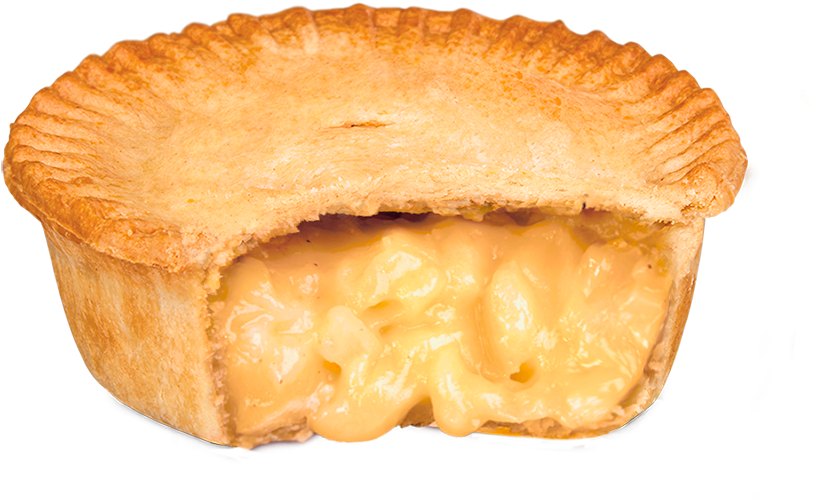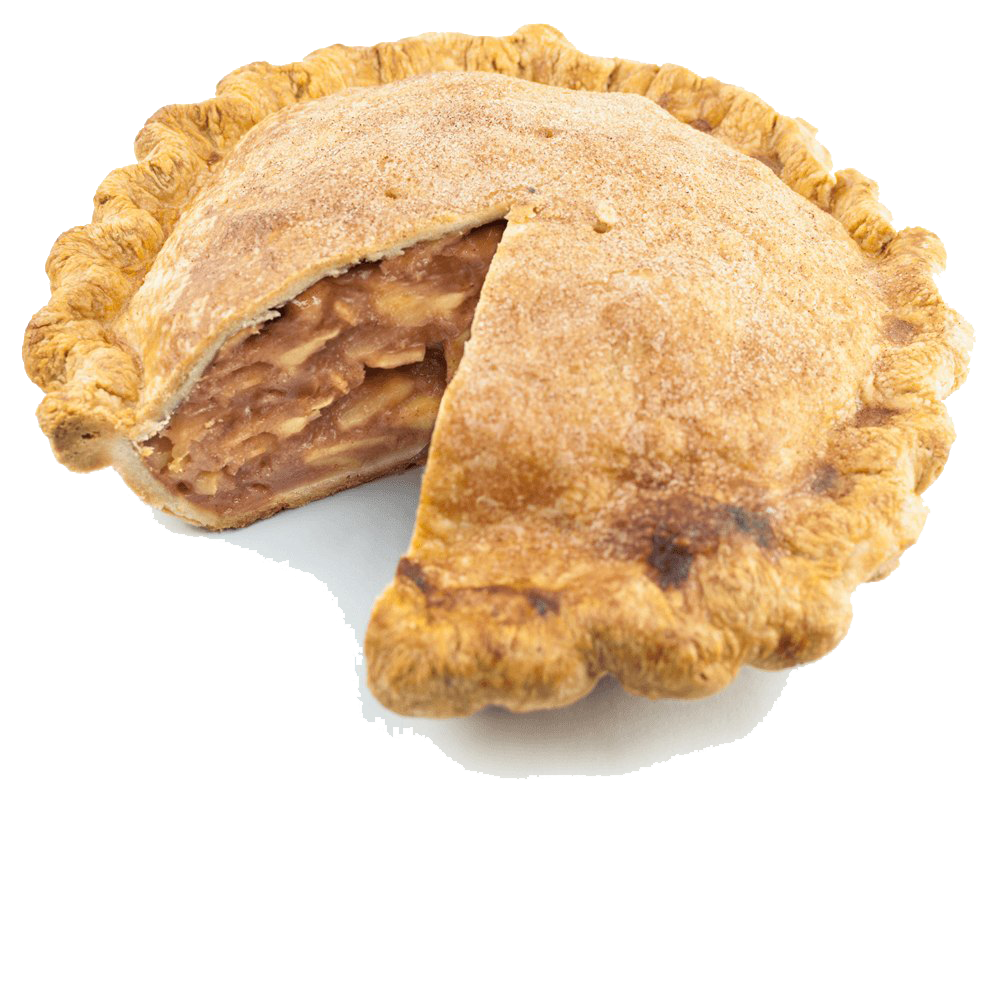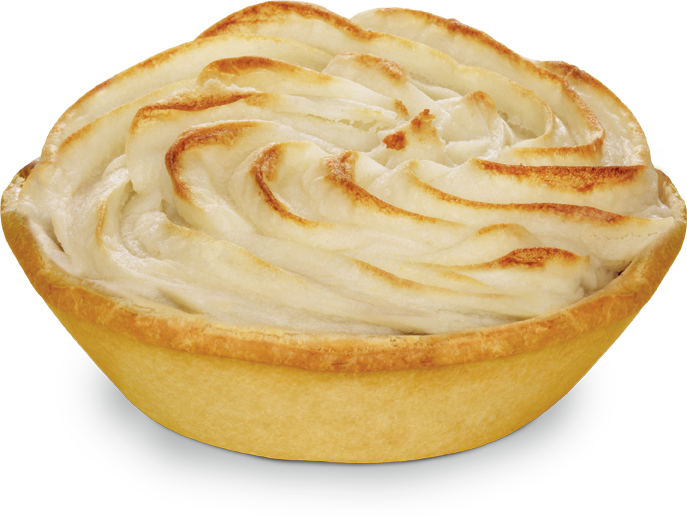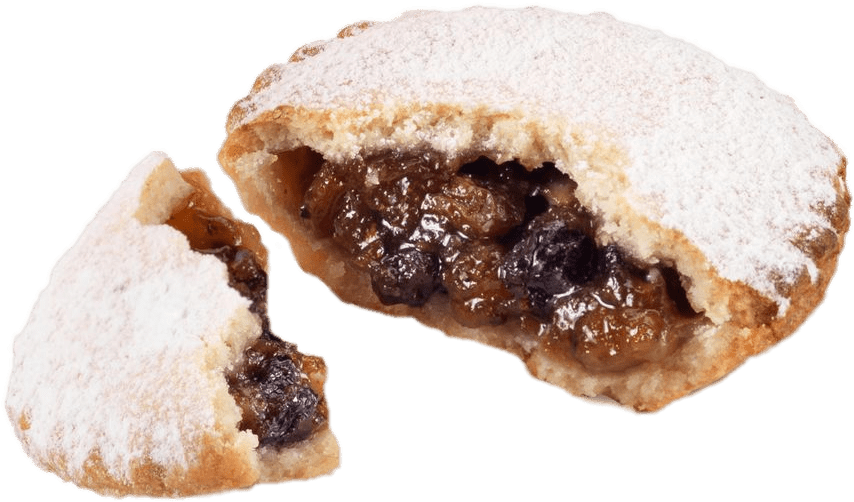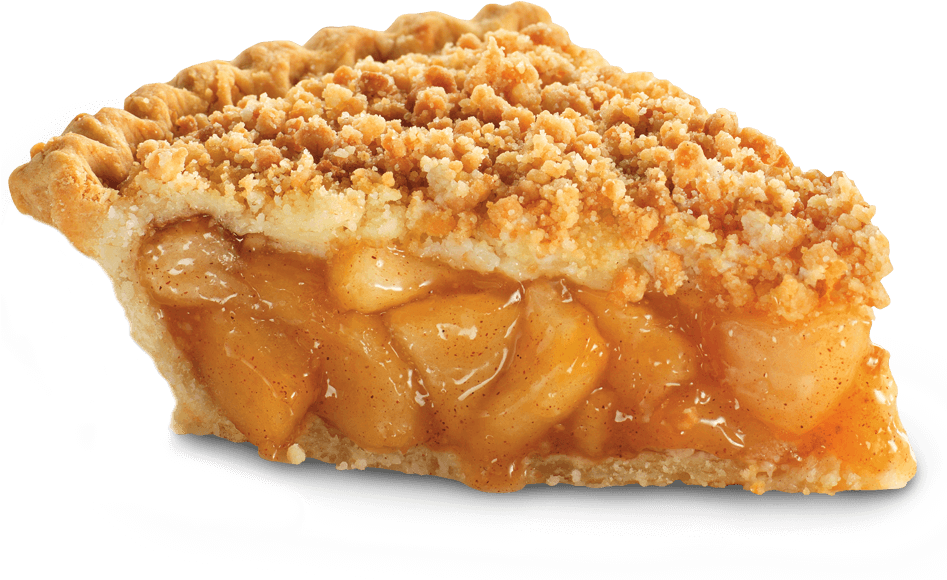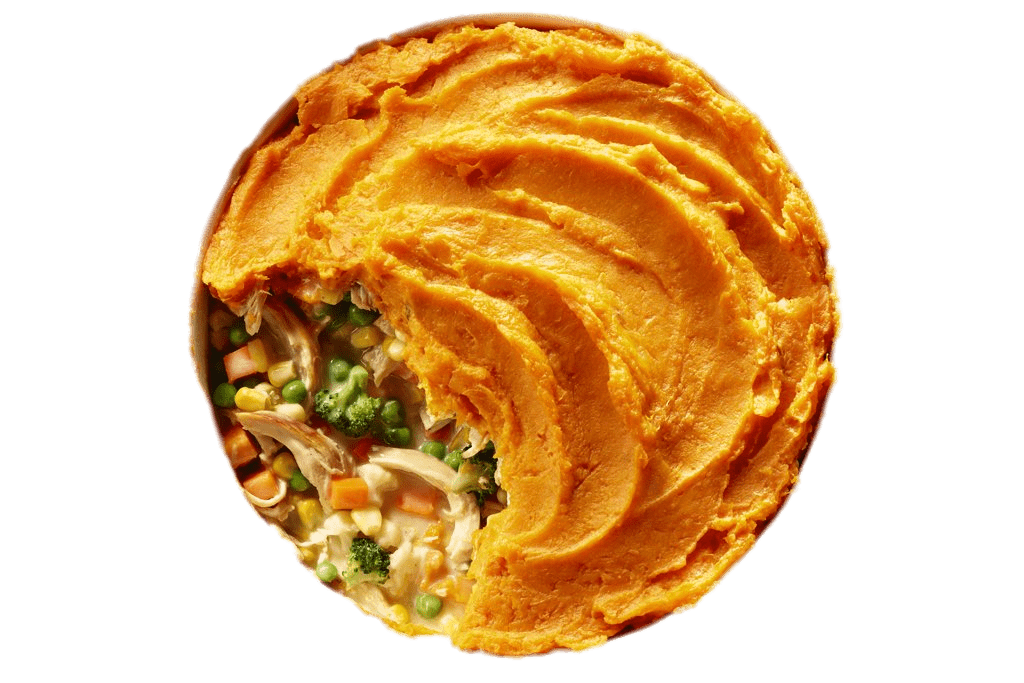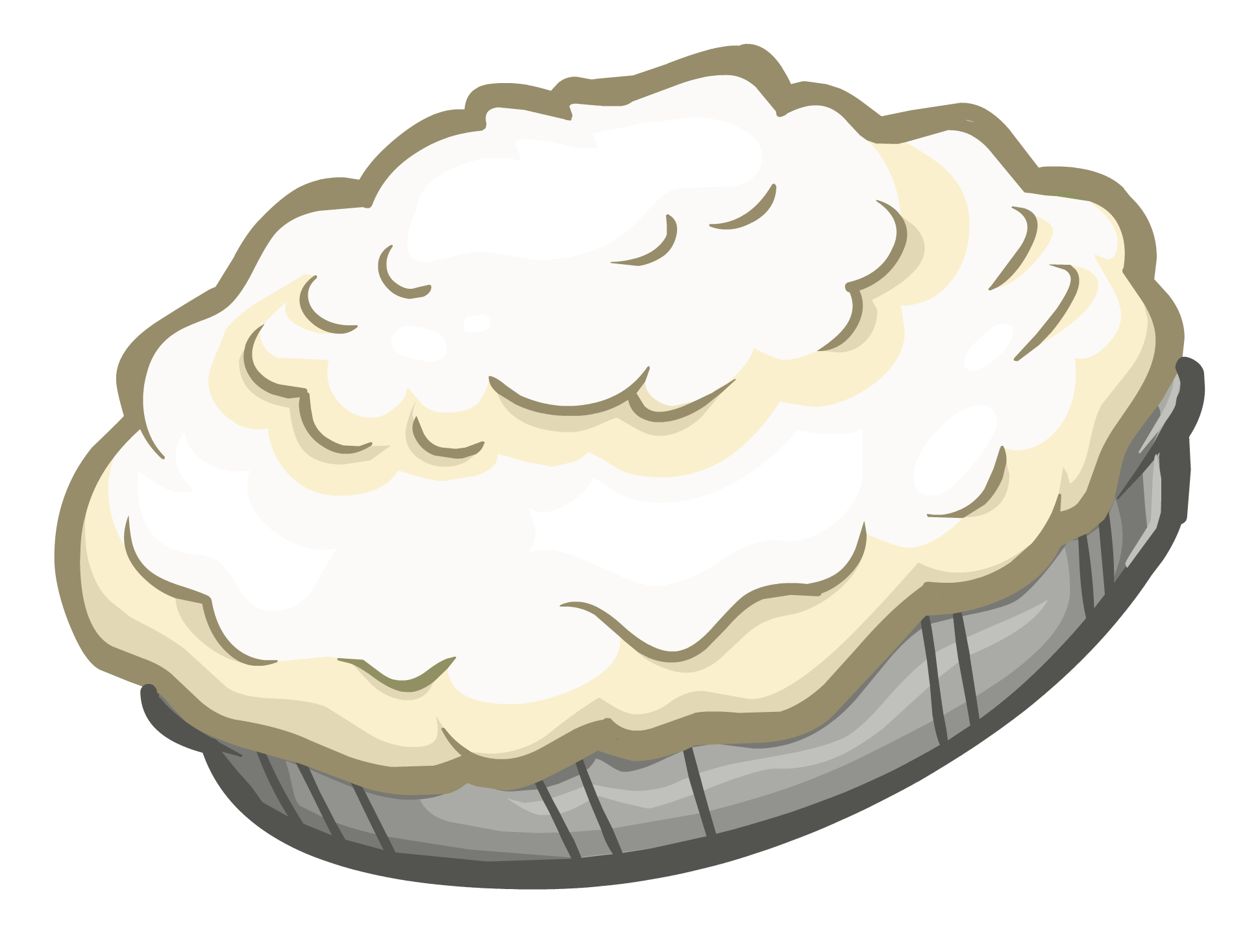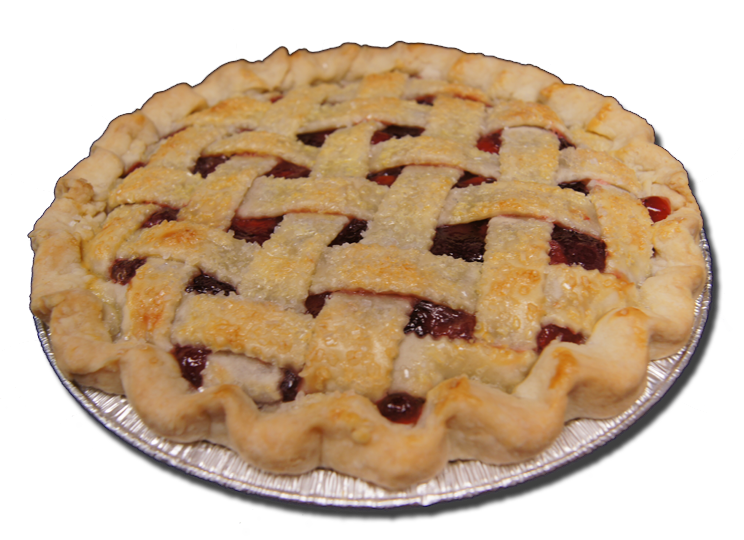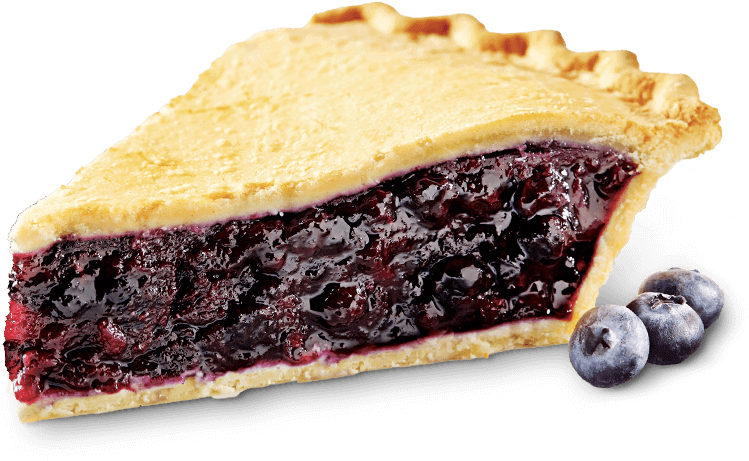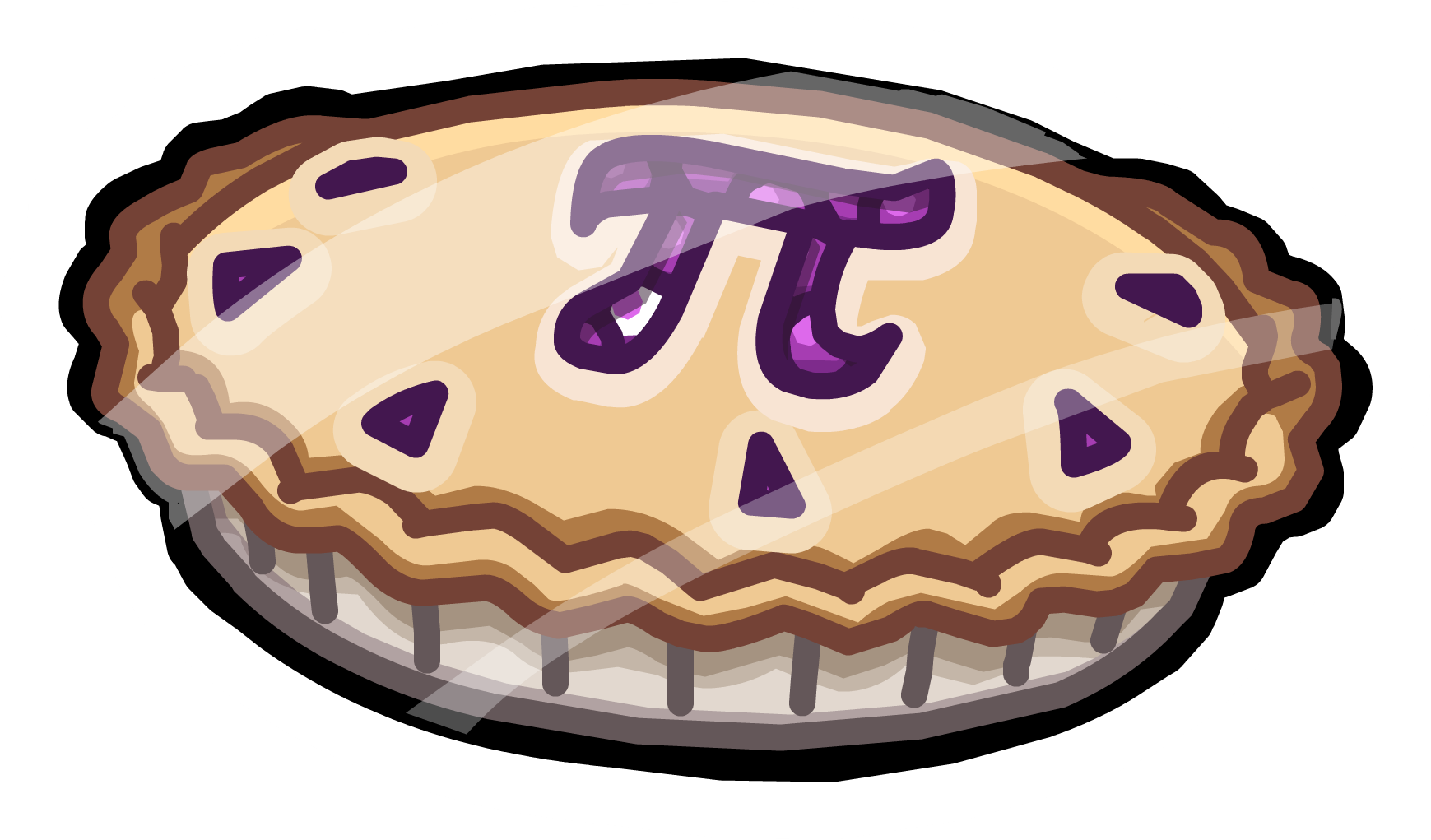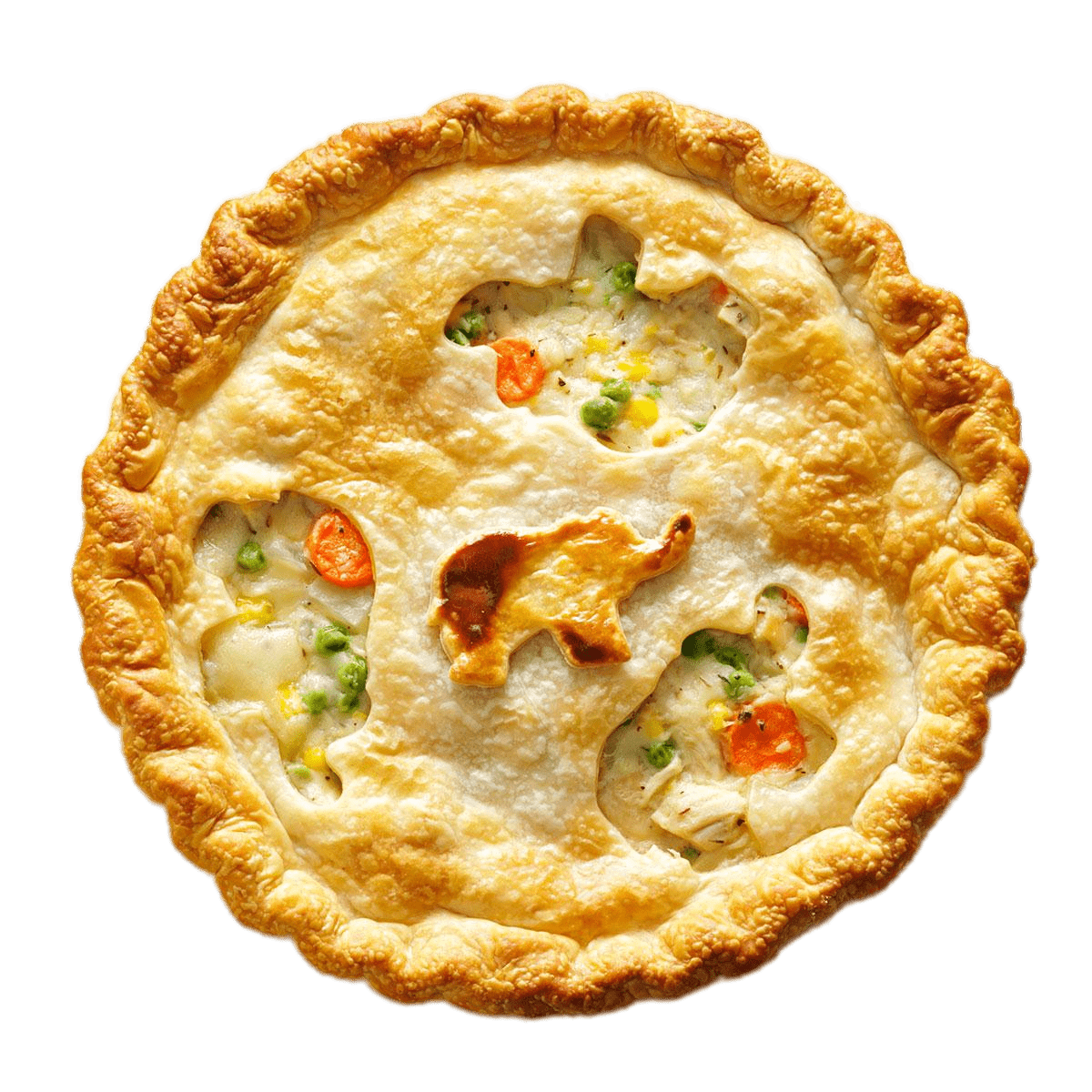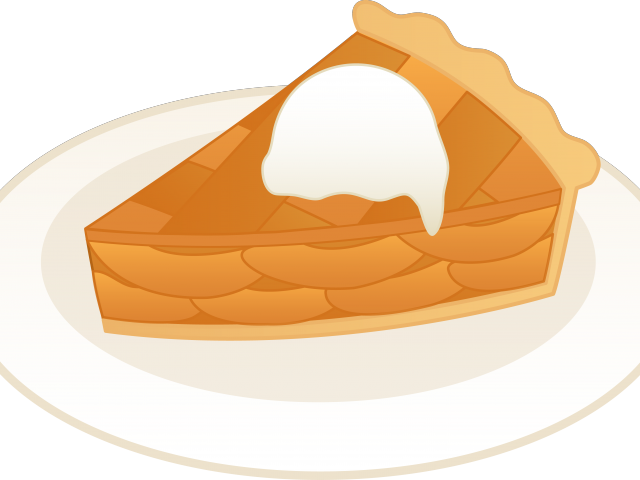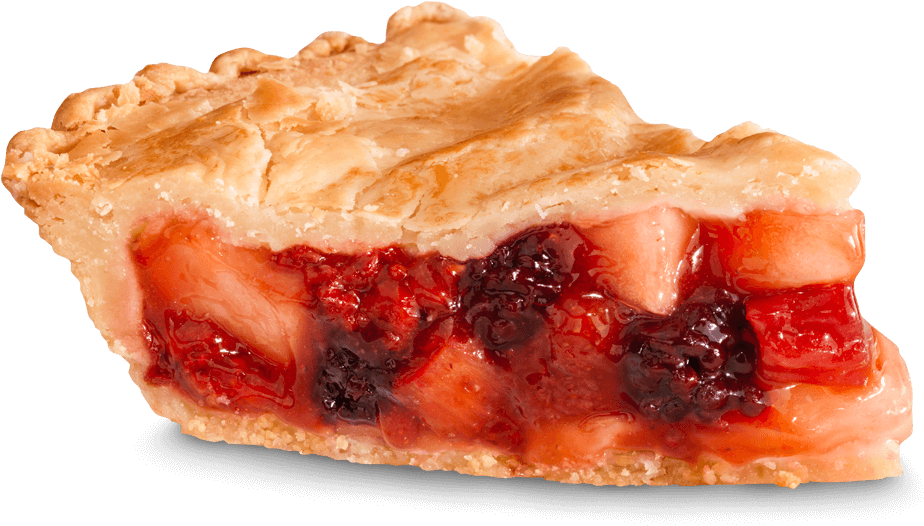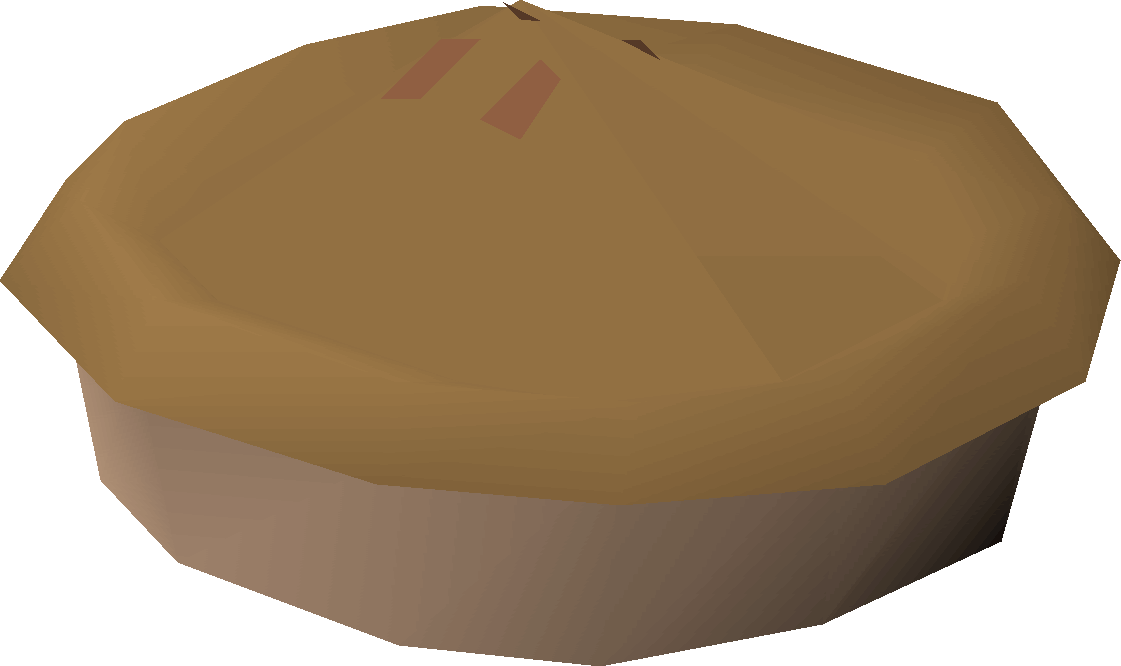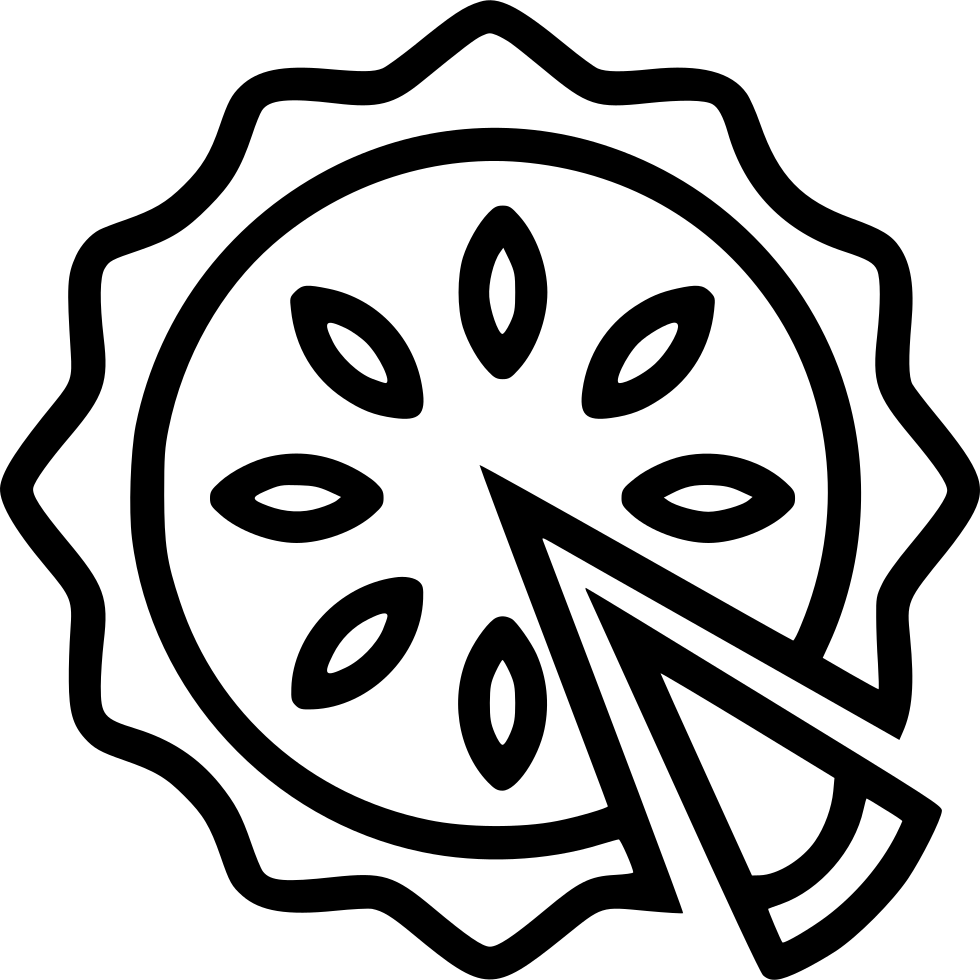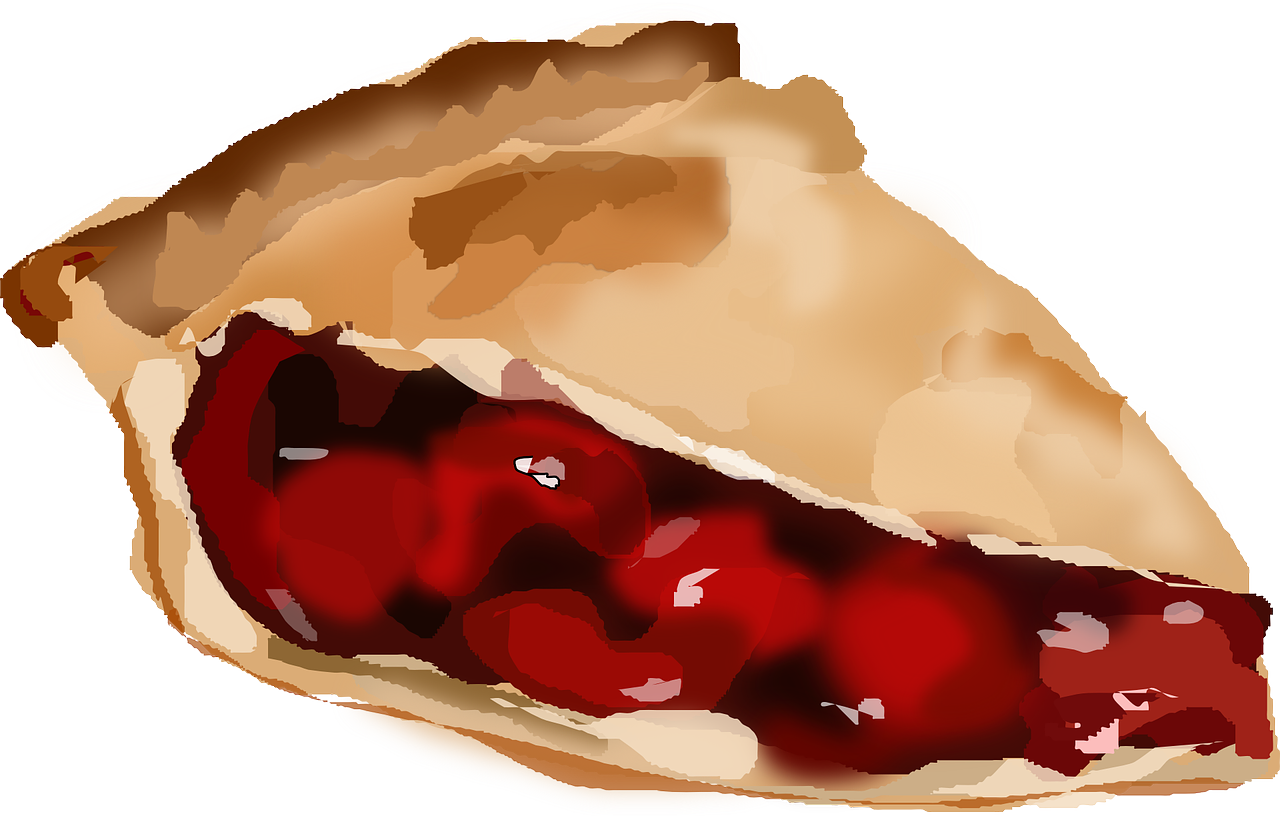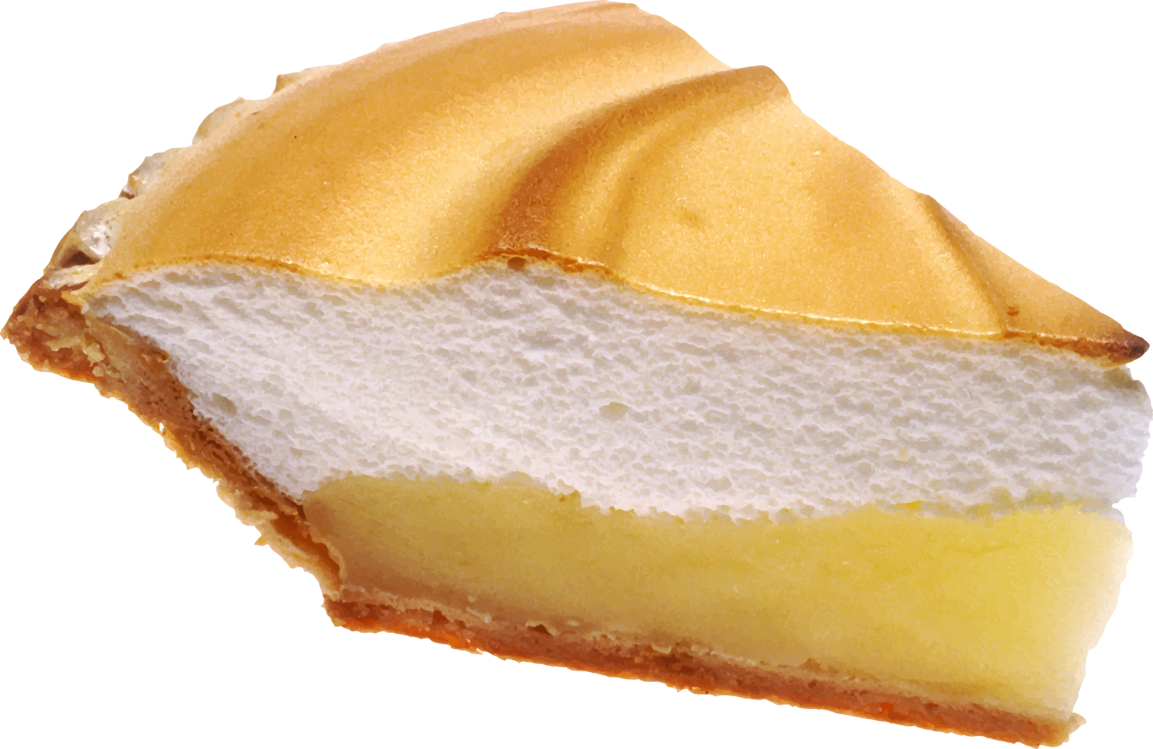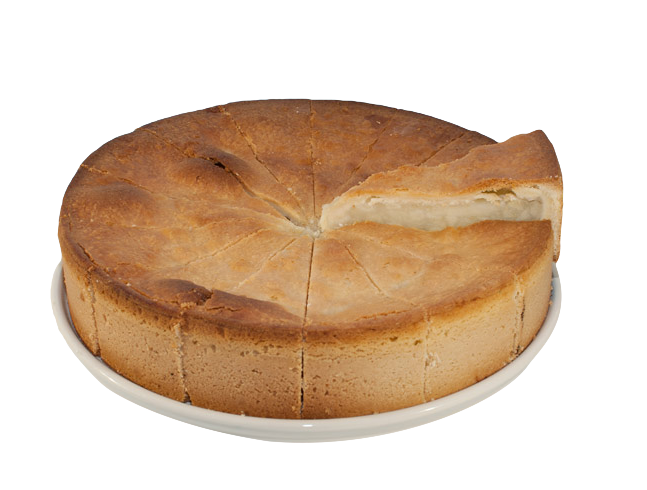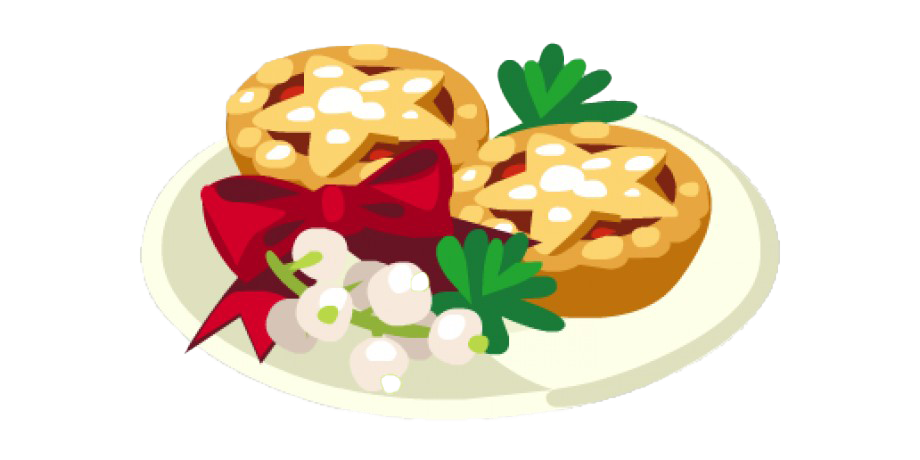Download top and best high-quality free Pie PNG Transparent Images backgrounds available in various sizes. To view the full PNG size resolution click on any of the below image thumbnail.
License Info: Creative Commons 4.0 BY-NC
A pie is a baked dish that is generally encased in a pastry dough shell and filled with a variety of sweet or savoury ingredients. Fruit (apple pie), nuts (pecan pie), brown sugar (sugar pie), sweetened vegetables (rhubarb pie), or richer fillings based on eggs and dairy can all be found in sweet pies (as in custard pie and cream pie). Meat (as in a steak pie or a Jamaican patty), eggs and cheese (quiche), or a combination of meat and vegetables can all be found in savoury pies (pot pie).
The crusts of pies characterise them. The pastry lines the baking dish in a filled pie (also known as a single-crust or bottom-crust pie), and the filling is placed on top of the dough but left open. The filling is at the bottom of the dish in a top-crust pie, which is then topped with dough or another covering before baking.
The filling is entirely contained in the pastry shell of a two-crust pie. Shortcrust pastry is the most common type of pastry used for pie crusts, however baking powder biscuits, mashed potatoes, and crumbs can also be used.
Pies come in a range of sizes, from little bite-size to large multi-serving pies.
The magpie, a “bird noted for gathering odds and ends in its nest,” maybe the origins of the term “pie”; the connection might be because Medieval pies also featured a variety of animal meats, such as chickens, crows, pigeons, and rabbits. “…beef, beef suet, capons, hens, both mallard and teal ducks, rabbits, woodcocks, and large birds such as herons and storks, plus beef marrow, hard-cooked egg yolks, dates, raisins, and prunes,” according to one 1450 recipe for “grete pyes,” which is suggested as support for the “magpie” etymology.
Early pies were galettes, which were flat, round, or freeform crusty cakes with a crust of crushed oats, wheat, rye, or barley with honey inside. The tomb walls of Pharaoh Ramesses II, who ruled from 1304 to 1237 BC, in the Valley of the Kings, provide witness to the evolution of these galettes into an early sweet pastry or dessert. A recipe for chicken pie was inscribed on a tablet in Sumer sometime around 2000 BC.
Pie pastry is thought to have originated with the ancient Greeks. Like as tiny pastries stuffed with fruit, sweetmeats are mentioned in Aristophanes’ (5th century BC) comedies. The type of pastry used is unknown, but the Greeks clearly distinguished the pastry-cook trade from that of the baker. (A pastry is made by adding fat to a flour–water mixture.)
The Romans used a simple pastry consisting of flour, oil, and water to cover cooked meats and fowls, keeping the juices in. The Roman method of wrapping “…birds or hams with dough” has been described as more of an attempt to keep the meat from drying out while baking than a modern-day pie.
(The coating was not supposed to be eaten; it served as a substitute for puff paste.) Tiny pasties containing eggs or small birds were among the minor dishes offered at banquets and were made with a richer pastry that was intended to be consumed. The first documented mention of a Roman pie is for a rye dough filled with a goat’s cheese and honey combination.
Download Pie PNG images transparent gallery.
- Pie Dessert PNG Clipart
Resolution: 5700 × 4579
Size: 198 KB
Image Format: .png
Download
- Pie Dessert PNG Picture
Resolution: 1529 × 1058
Size: 612 KB
Image Format: .png
Download
- Homemade Pie No Background
Resolution: 1316 × 811
Size: 65 KB
Image Format: .png
Download
- Homemade Pie PNG Images HD
Resolution: 800 × 456
Size: 80 KB
Image Format: .png
Download
- Pie Dessert PNG HD Image
Resolution: 800 × 713
Size: 115 KB
Image Format: .png
Download
- Pie PNG Image File
Resolution: 918 × 768
Size: 1051 KB
Image Format: .png
Download
- Pie
Resolution: 929 × 955
Size: 1928 KB
Image Format: .png
Download
- Pie PNG File
Resolution: 900 × 898
Size: 1808 KB
Image Format: .png
Download
- Pie PNG Cutout
Resolution: 1135 × 617
Size: 1626 KB
Image Format: .png
Download
- Pie PNG HD Image
Resolution: 1200 × 1200
Size: 1557 KB
Image Format: .png
Download
- Pie No Background
Resolution: 920 × 621
Size: 320 KB
Image Format: .png
Download
- Pie PNG Images HD
Resolution: 901 × 533
Size: 252 KB
Image Format: .png
Download
- Pie PNG Free Image
Resolution: 990 × 765
Size: 1021 KB
Image Format: .png
Download
- Pie Background PNG
Resolution: 1107 × 602
Size: 1385 KB
Image Format: .png
Download
- Pie PNG Background
Resolution: 1002 × 553
Size: 1216 KB
Image Format: .png
Download
- Homemade Pie
Resolution: 960 × 535
Size: 512 KB
Image Format: .png
Download
- Homemade Pie PNG
Resolution: 745 × 508
Size: 753 KB
Image Format: .png
Download
- Homemade Pie PNG Pic
Resolution: 933 × 554
Size: 249 KB
Image Format: .png
Download
- Pie PNG
Resolution: 1060 × 729
Size: 1110 KB
Image Format: .png
Download
- Pie Dessert
Resolution: 1424 × 663
Size: 1006 KB
Image Format: .png
Download
- Homemade Pie PNG File
Resolution: 713 × 510
Size: 675 KB
Image Format: .png
Download
- Pie Dessert PNG
Resolution: 1200 × 690
Size: 528 KB
Image Format: .png
Download
- Pie PNG Pic
Resolution: 1200 × 1200
Size: 1419 KB
Image Format: .png
Download
- Pie Dessert PNG Pic
Resolution: 731 × 453
Size: 500 KB
Image Format: .png
Download
- Pie PNG Image
Resolution: 730 × 547
Size: 563 KB
Image Format: .png
Download
- Pie Dessert PNG File
Resolution: 686 × 557
Size: 732 KB
Image Format: .png
Download
- Pie Dessert PNG Image
Resolution: 840 × 563
Size: 553 KB
Image Format: .png
Download
- Homemade Pie PNG Image
Resolution: 900 × 628
Size: 439 KB
Image Format: .png
Download
- Homemade Pie PNG Photo
Resolution: 800 × 802
Size: 1034 KB
Image Format: .png
Download
- Homemade Pie PNG Cutout
Resolution: 820 × 474
Size: 176 KB
Image Format: .png
Download
- Pie Dessert PNG Photo
Resolution: 826 × 500
Size: 648 KB
Image Format: .png
Download
- Pie Dessert PNG Cutout
Resolution: 1000 × 1000
Size: 934 KB
Image Format: .png
Download
- Pie Dessert PNG Images
Resolution: 687 × 521
Size: 495 KB
Image Format: .png
Download
- Pie PNG Photo
Resolution: 854 × 502
Size: 239 KB
Image Format: .png
Download
- Pie PNG Images
Resolution: 947 × 580
Size: 312 KB
Image Format: .png
Download
- Pie PNG Photos
Resolution: 1024 × 683
Size: 242 KB
Image Format: .png
Download
- Pie Transparent
Resolution: 1938 × 1467
Size: 223 KB
Image Format: .png
Download
- Pie PNG Clipart
Resolution: 744 × 540
Size: 518 KB
Image Format: .png
Download
- Pie PNG Picture
Resolution: 749 × 461
Size: 177 KB
Image Format: .png
Download
- Homemade Pie PNG Images
Resolution: 1739 × 1021
Size: 202 KB
Image Format: .png
Download
- Homemade Pie PNG Photos
Resolution: 1200 × 1200
Size: 594 KB
Image Format: .png
Download
- Homemade Pie Transparent
Resolution: 640 × 480
Size: 156 KB
Image Format: .png
Download
- Homemade Pie PNG Clipart
Resolution: 924 × 526
Size: 234 KB
Image Format: .png
Download
- Homemade Pie PNG Picture
Resolution: 1121 × 666
Size: 36 KB
Image Format: .png
Download
- Homemade Pie PNG HD Image
Resolution: 980 × 980
Size: 70 KB
Image Format: .png
Download
- Homemade Pie PNG Image HD
Resolution: 1280 × 816
Size: 658 KB
Image Format: .png
Download
- Pie PNG Image HD
Resolution: 1153 × 749
Size: 849 KB
Image Format: .png
Download
- Pie Dessert PNG Photos
Resolution: 647 × 490
Size: 281 KB
Image Format: .png
Download
- Pie Dessert Transparent
Resolution: 920 × 460
Size: 228 KB
Image Format: .png
Download
